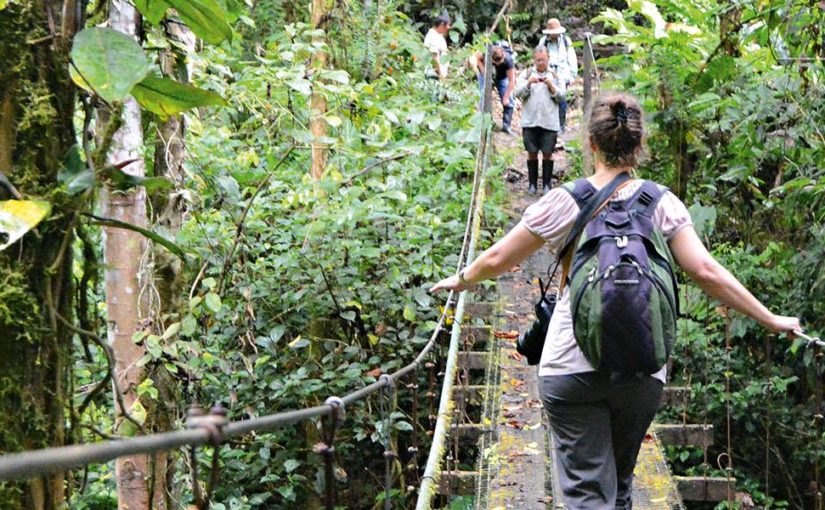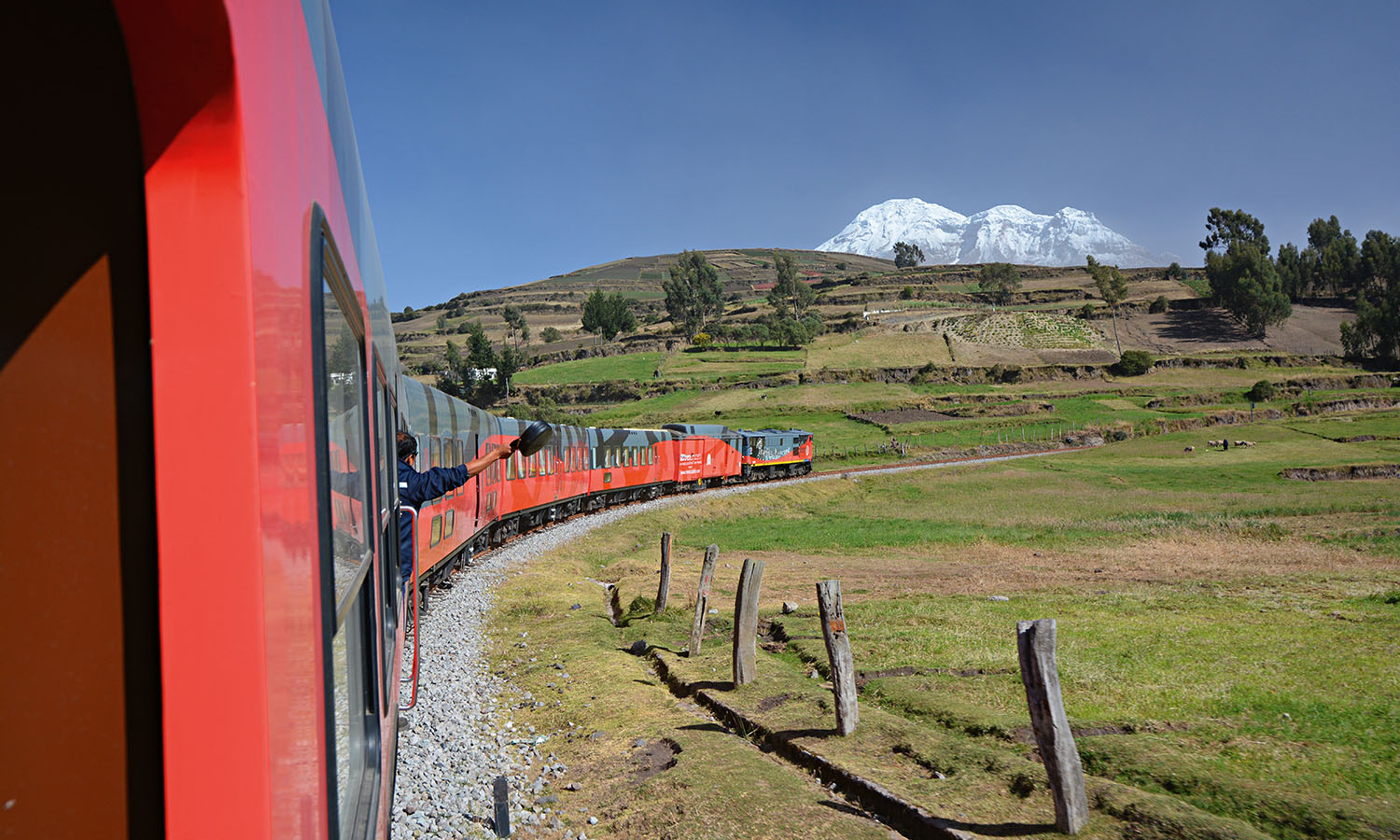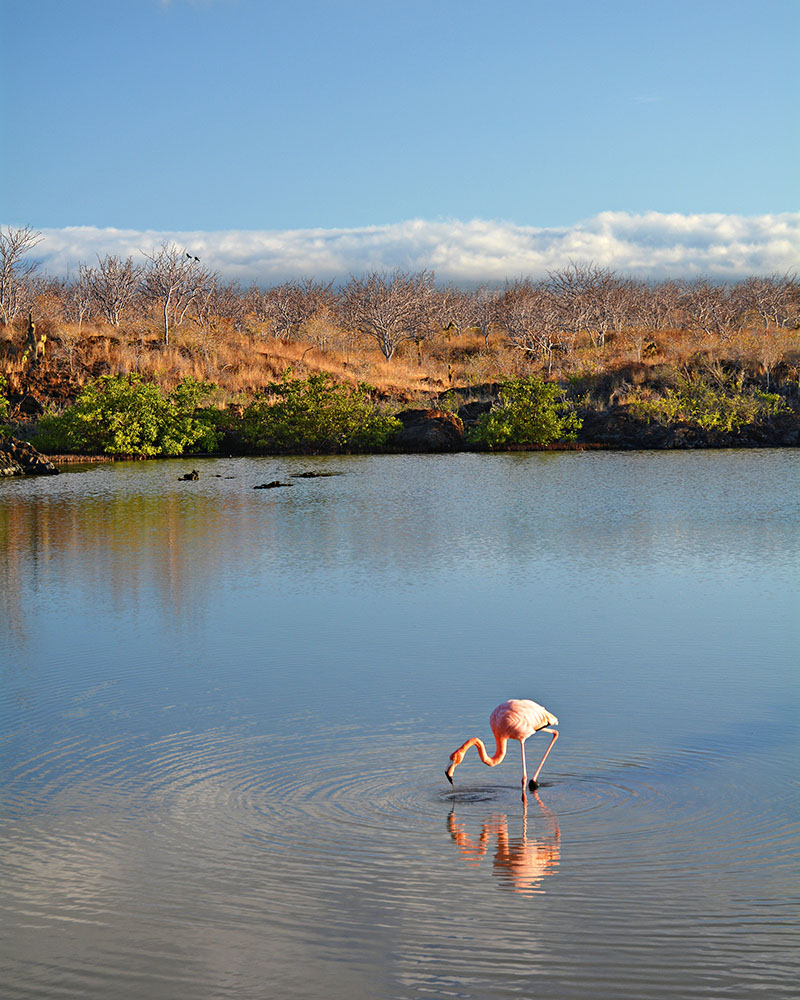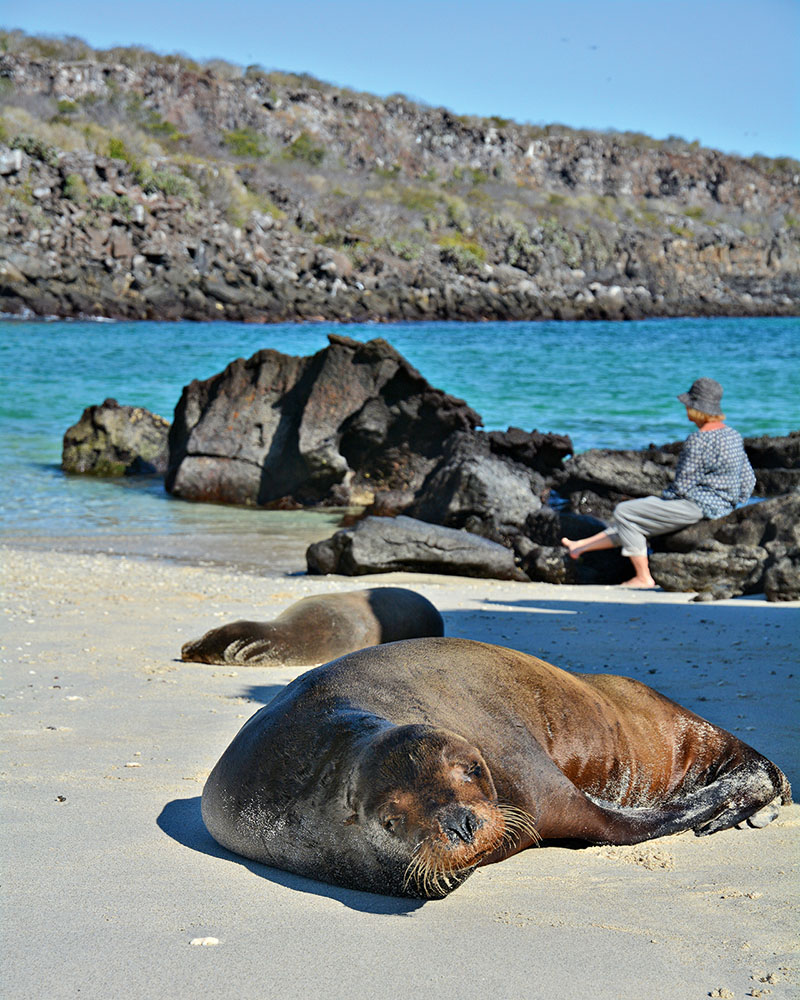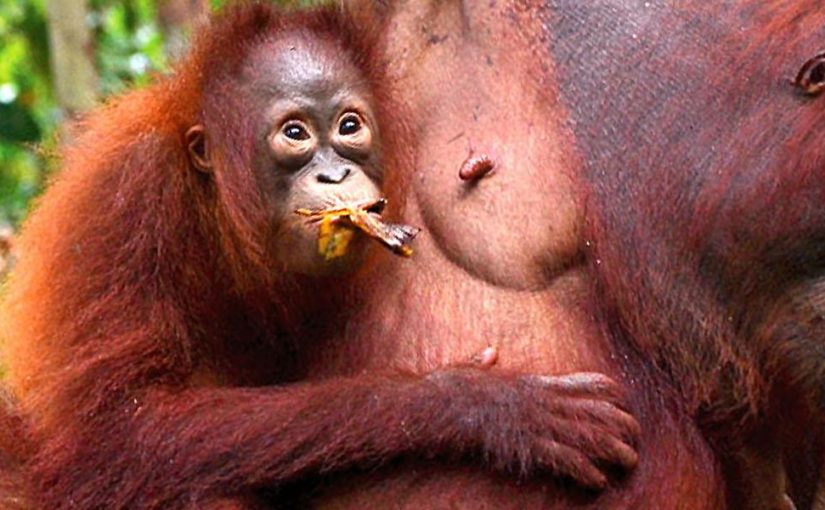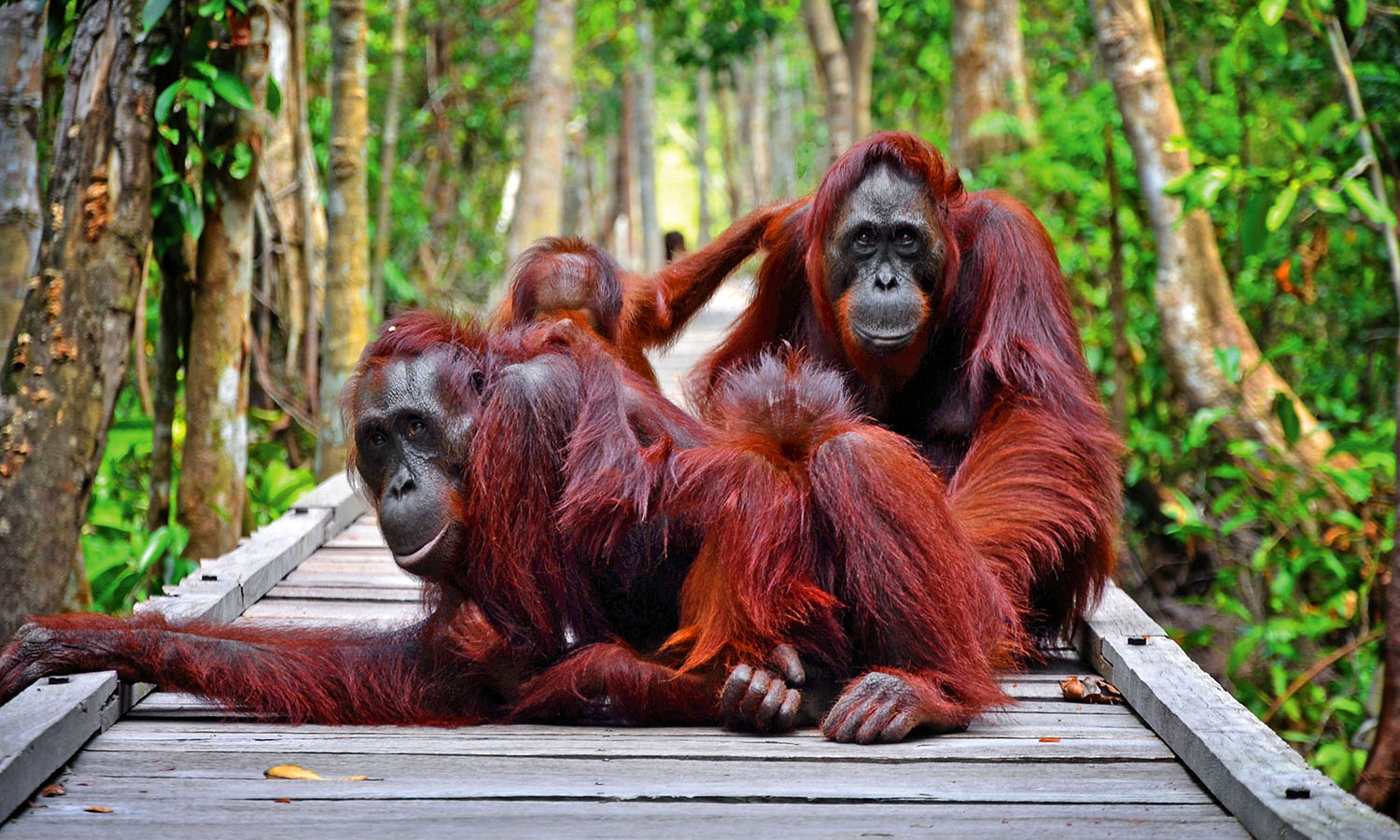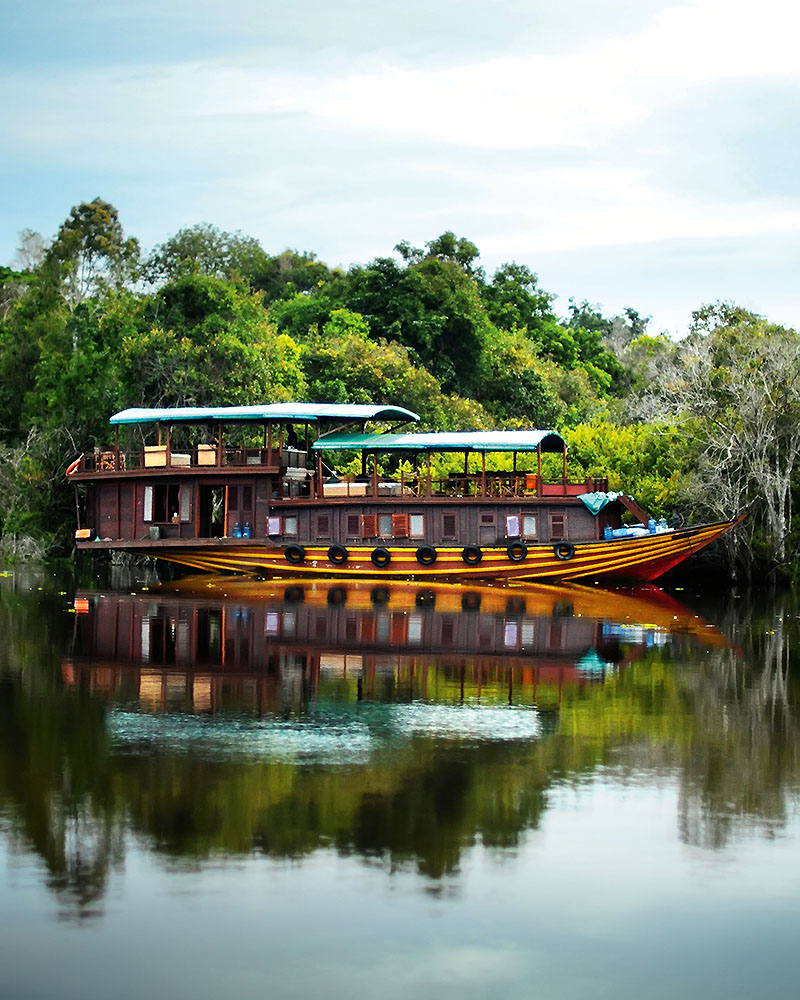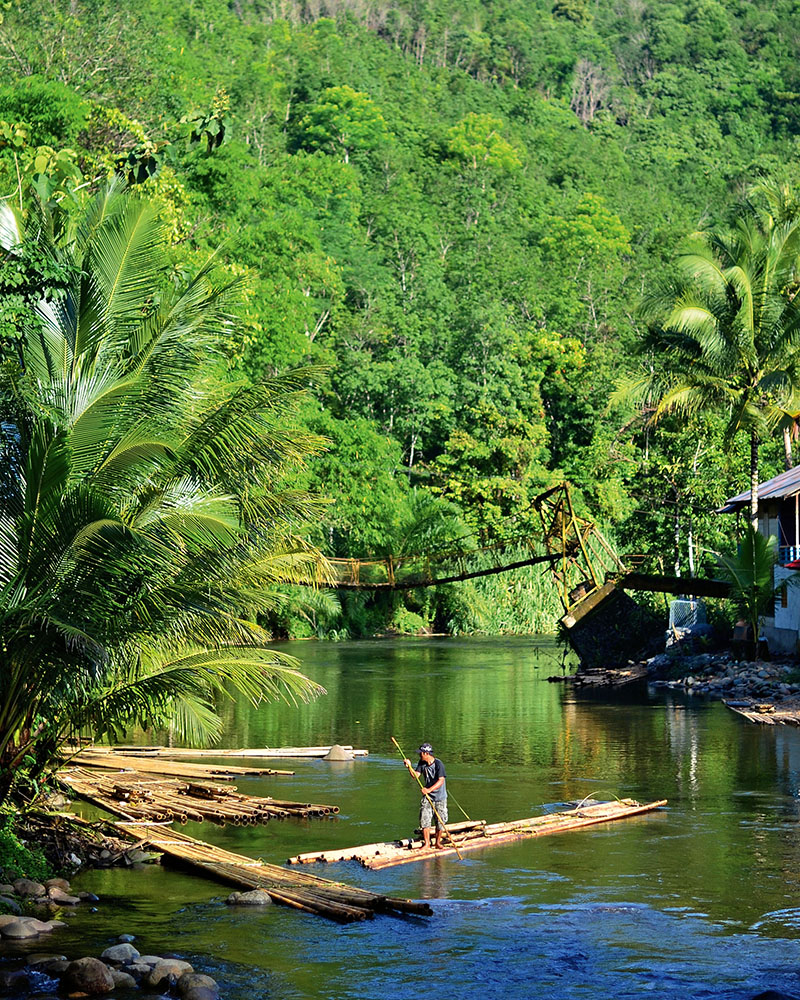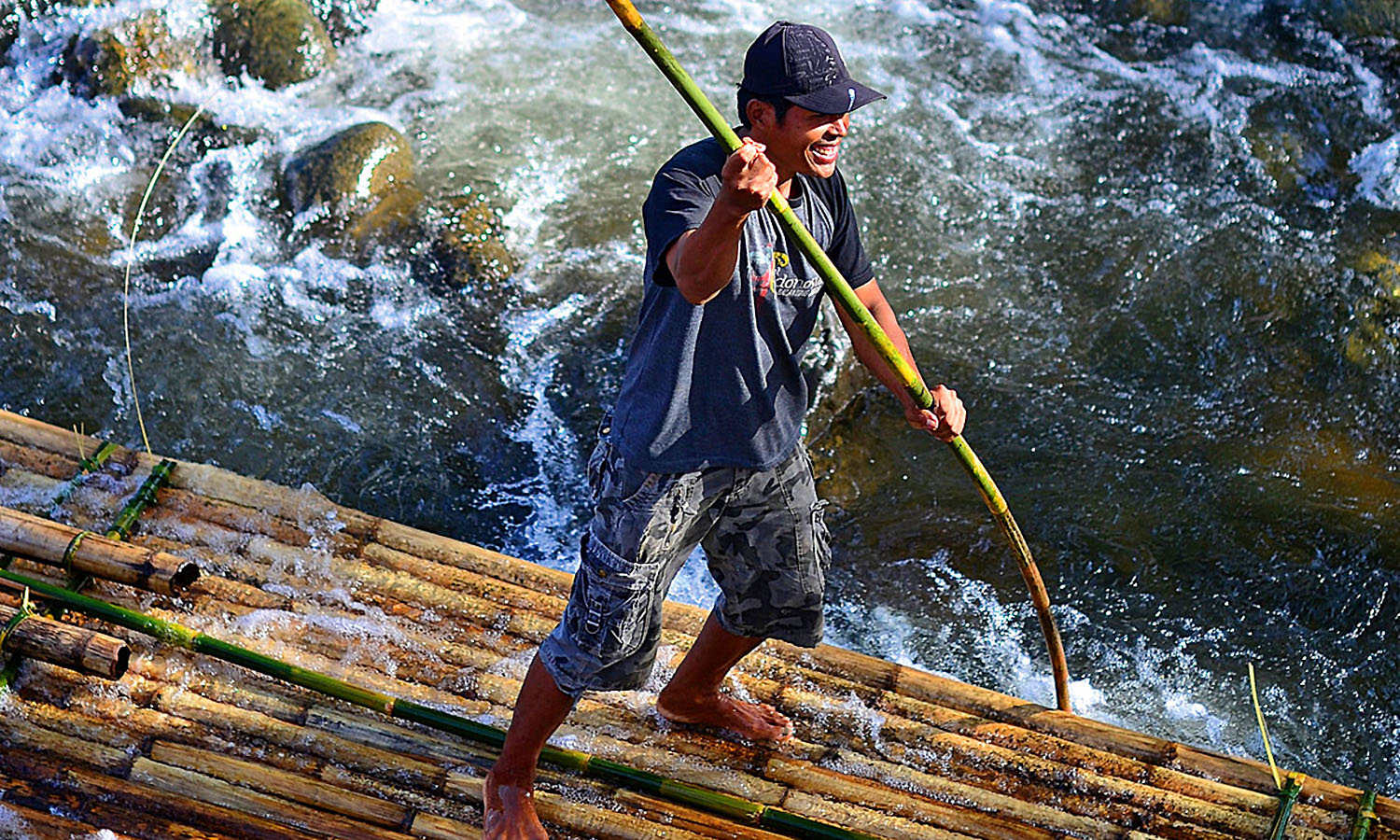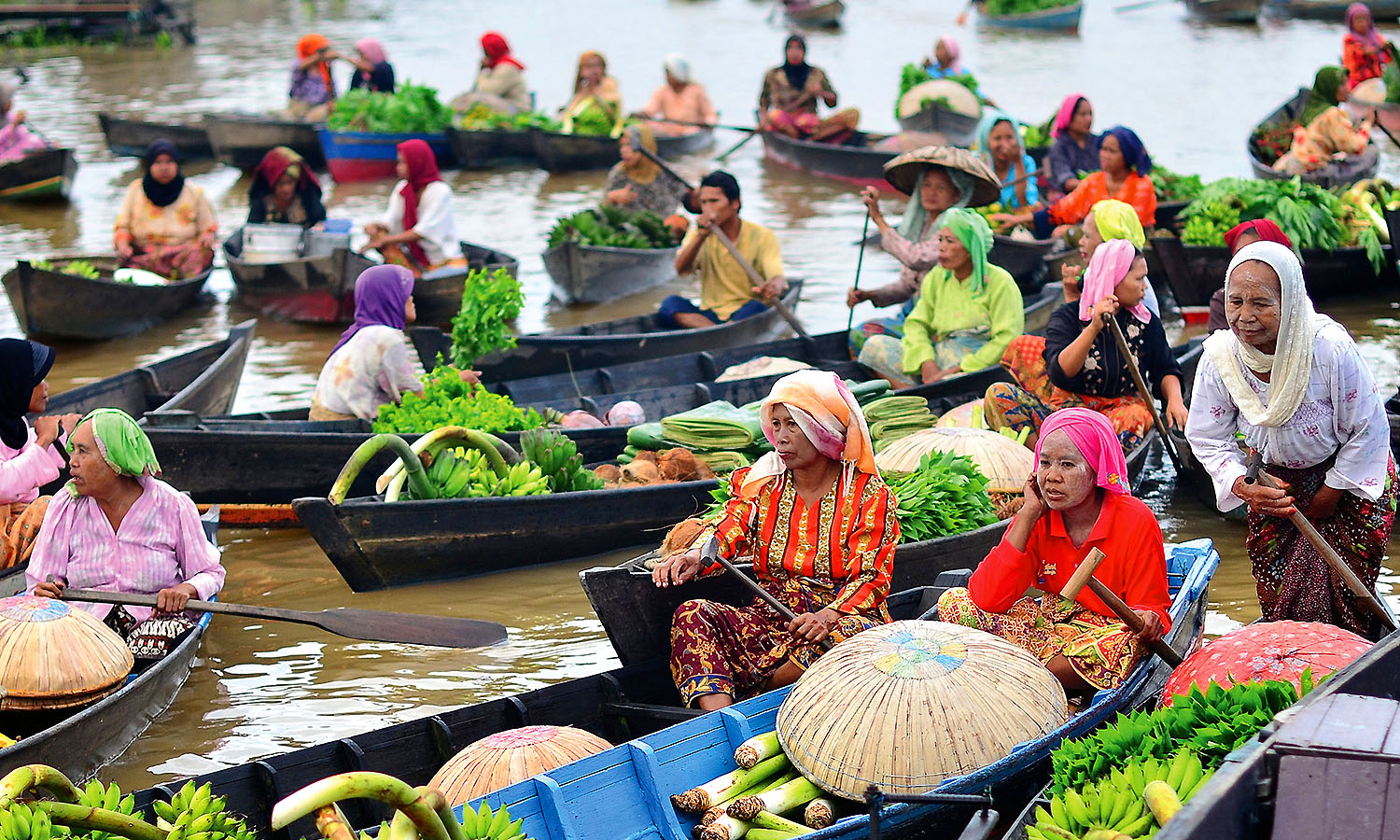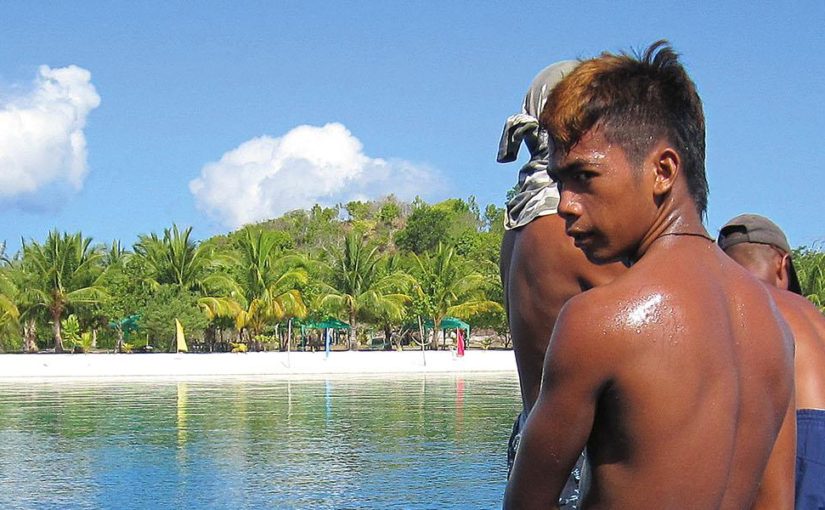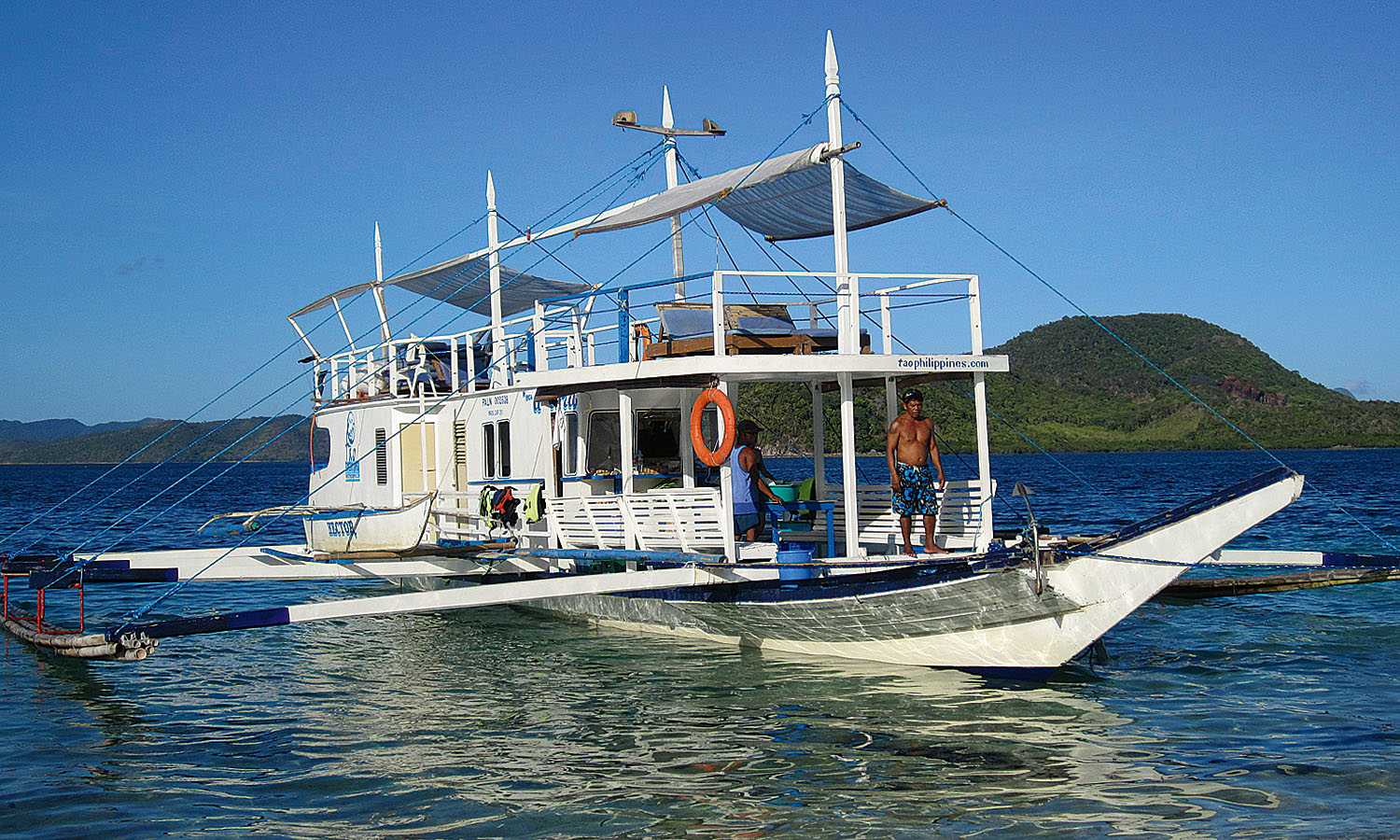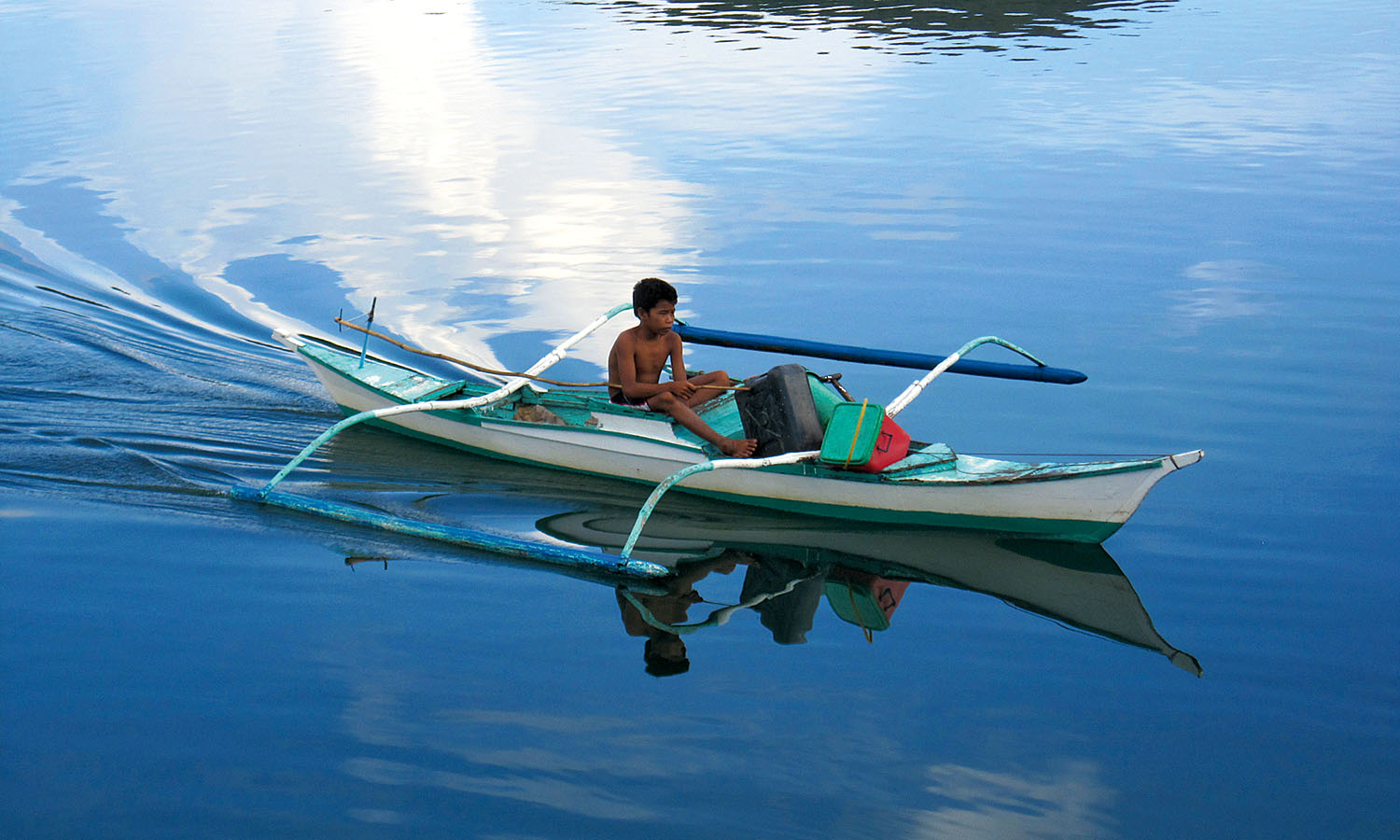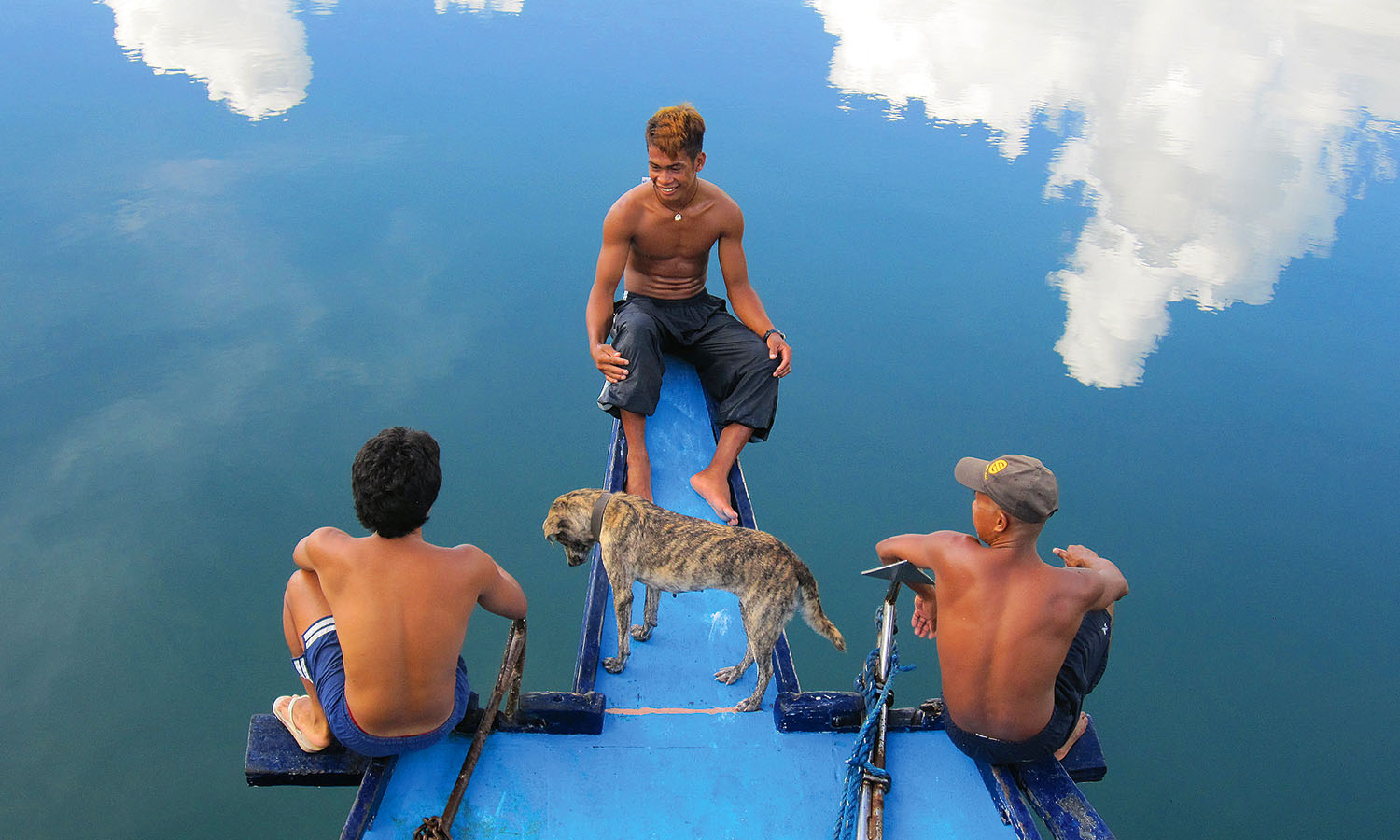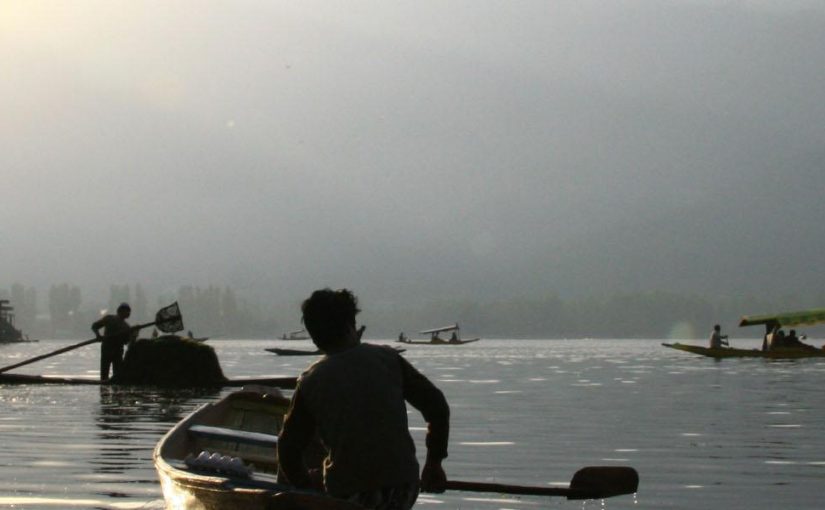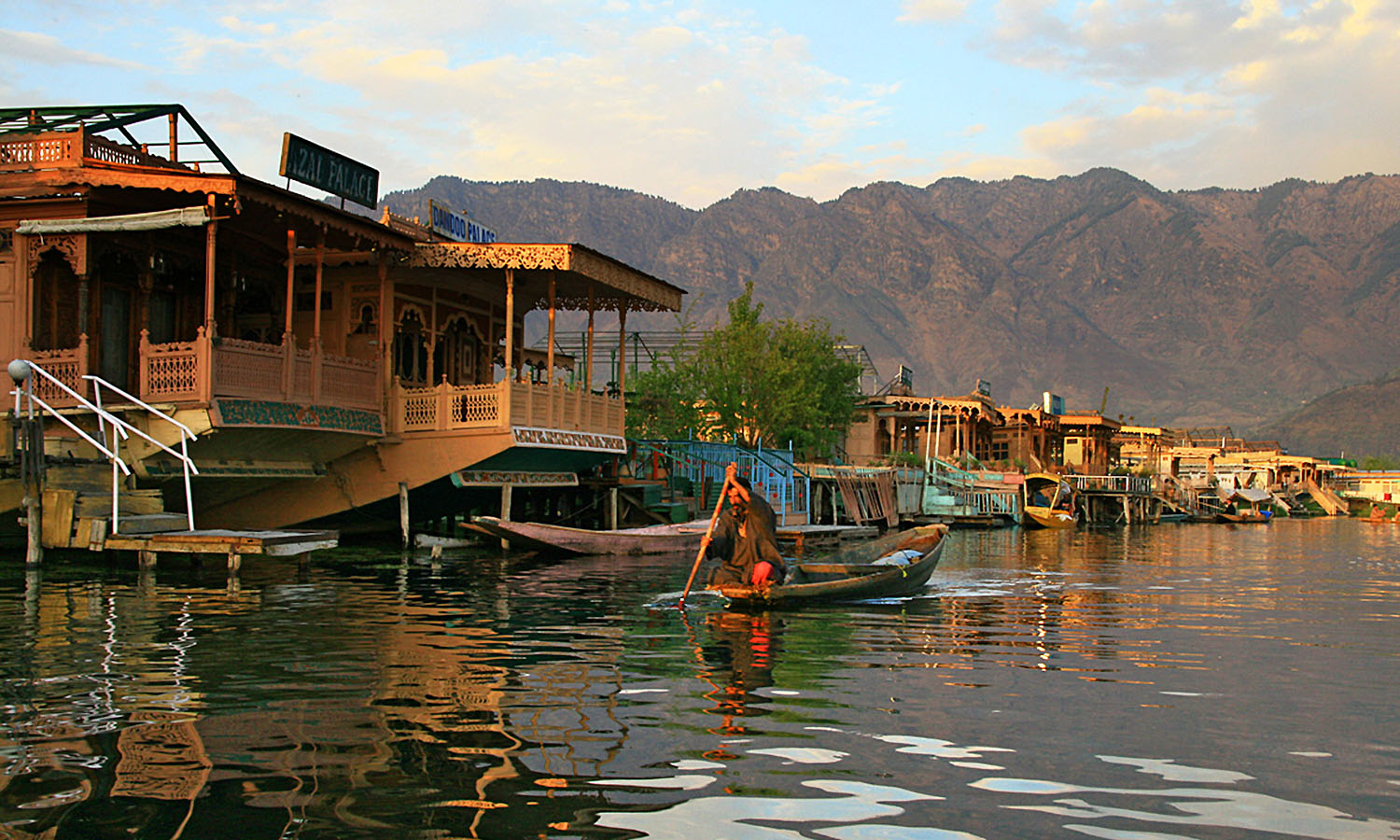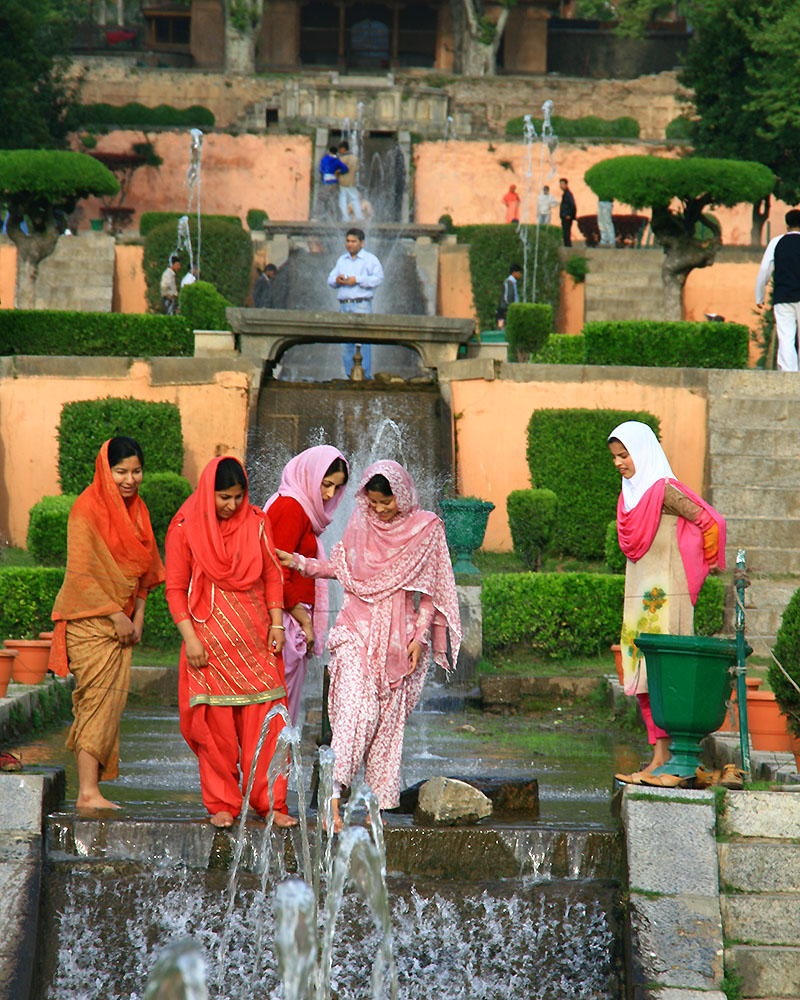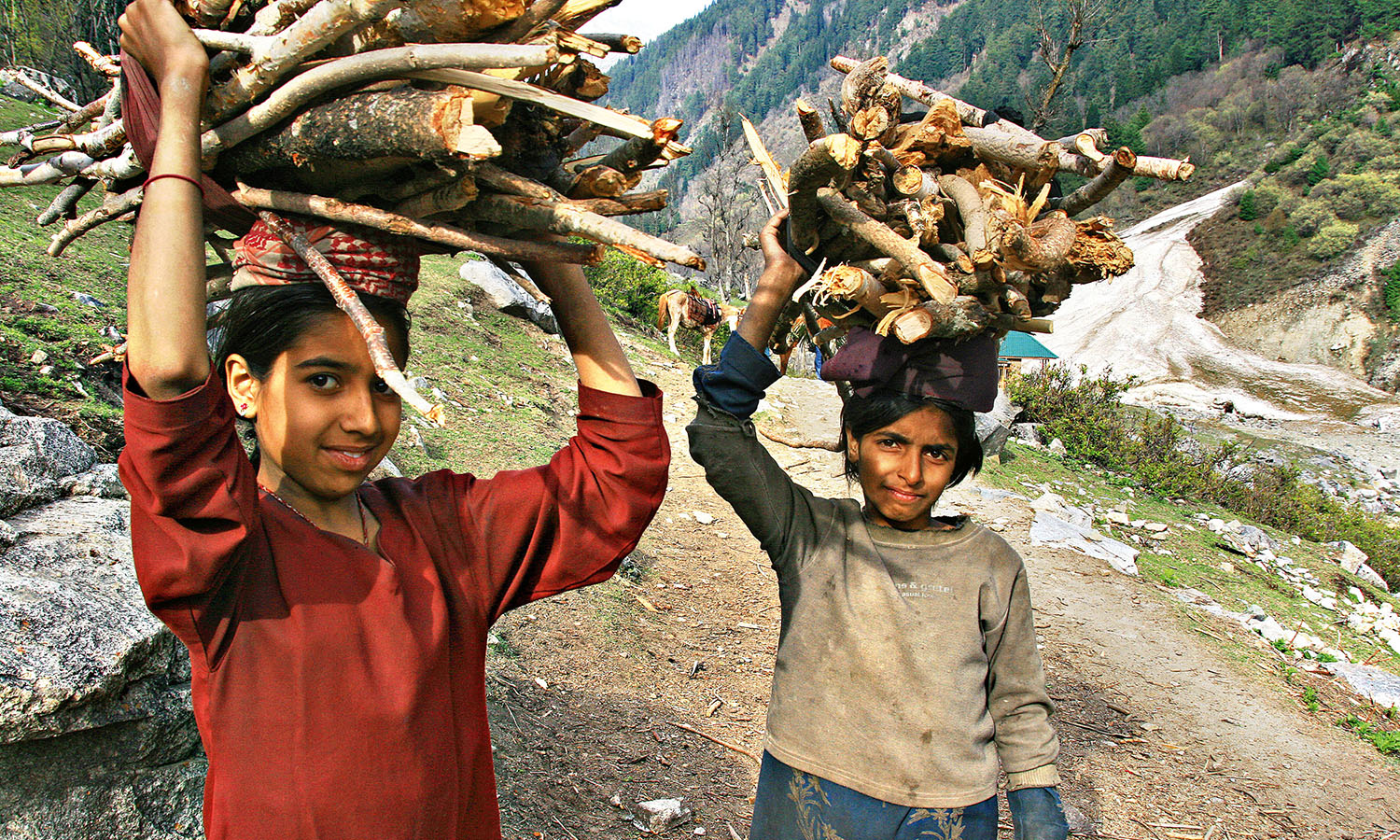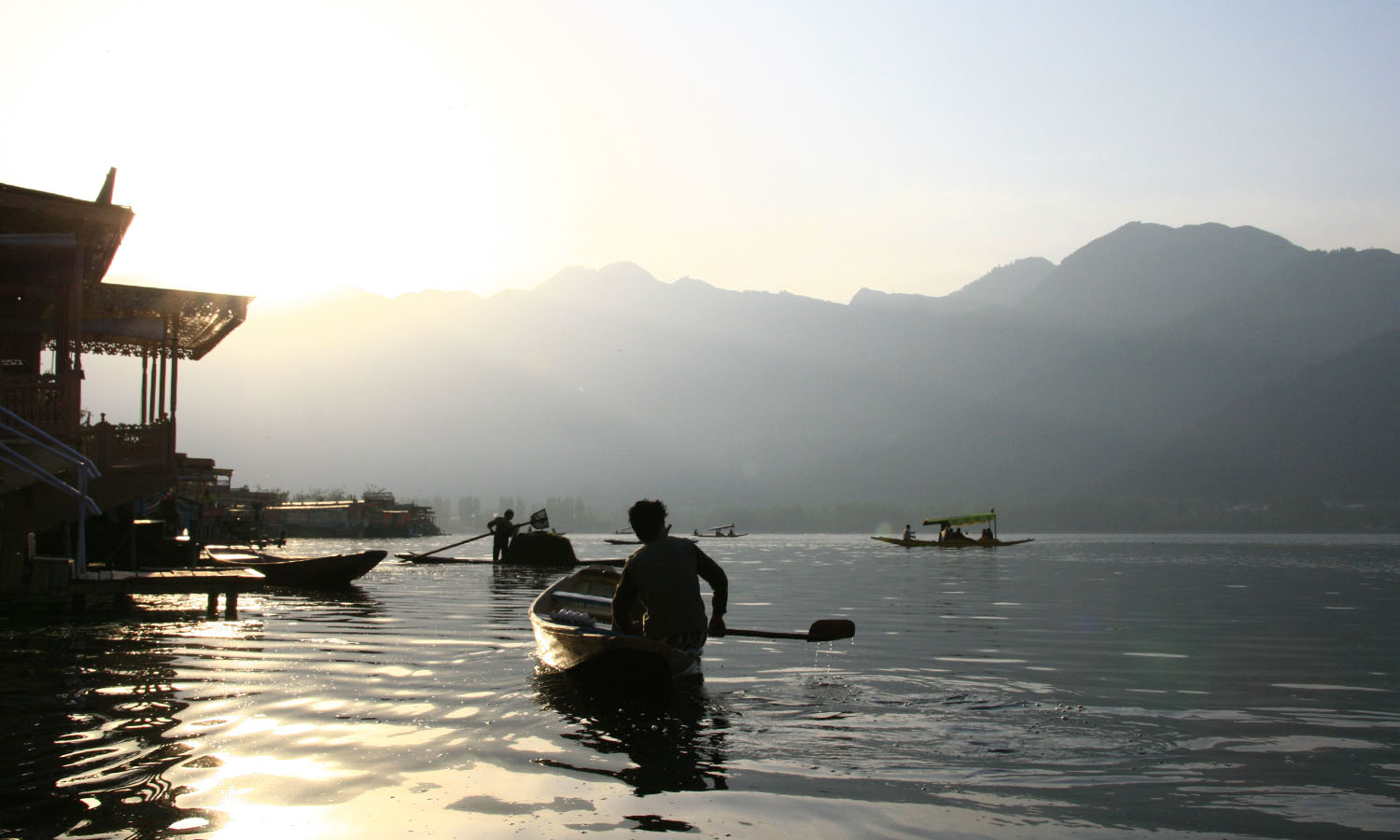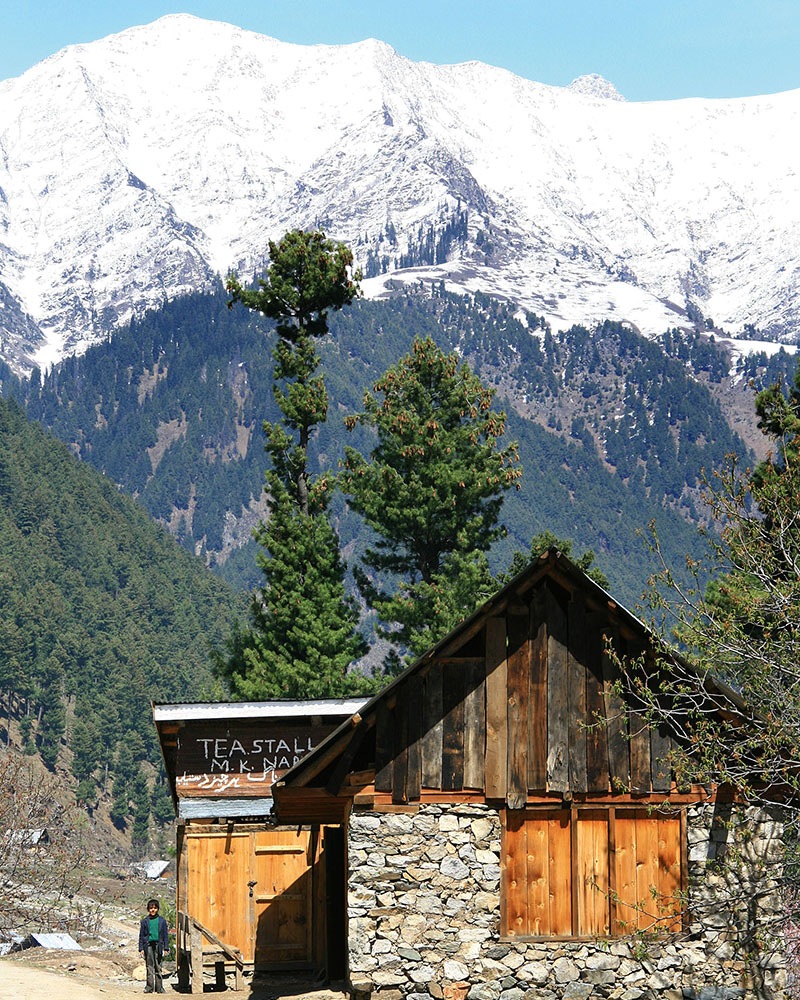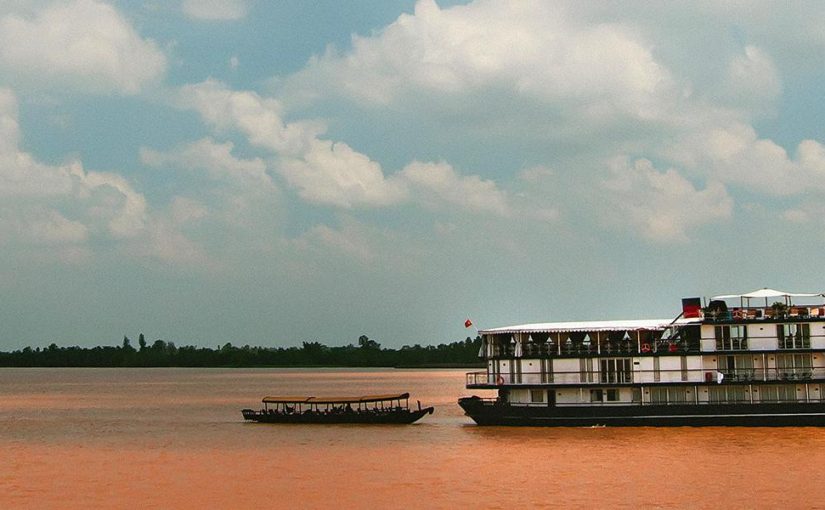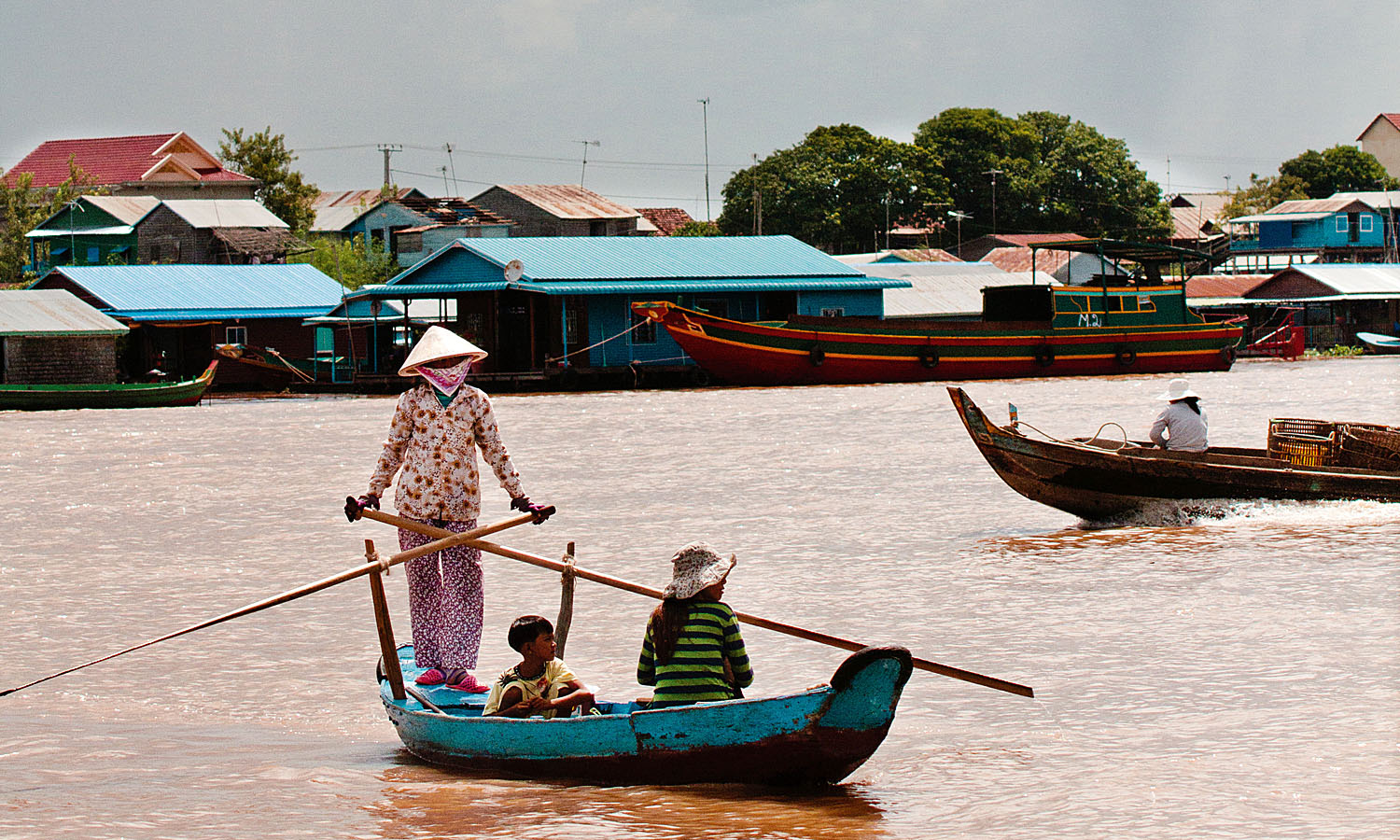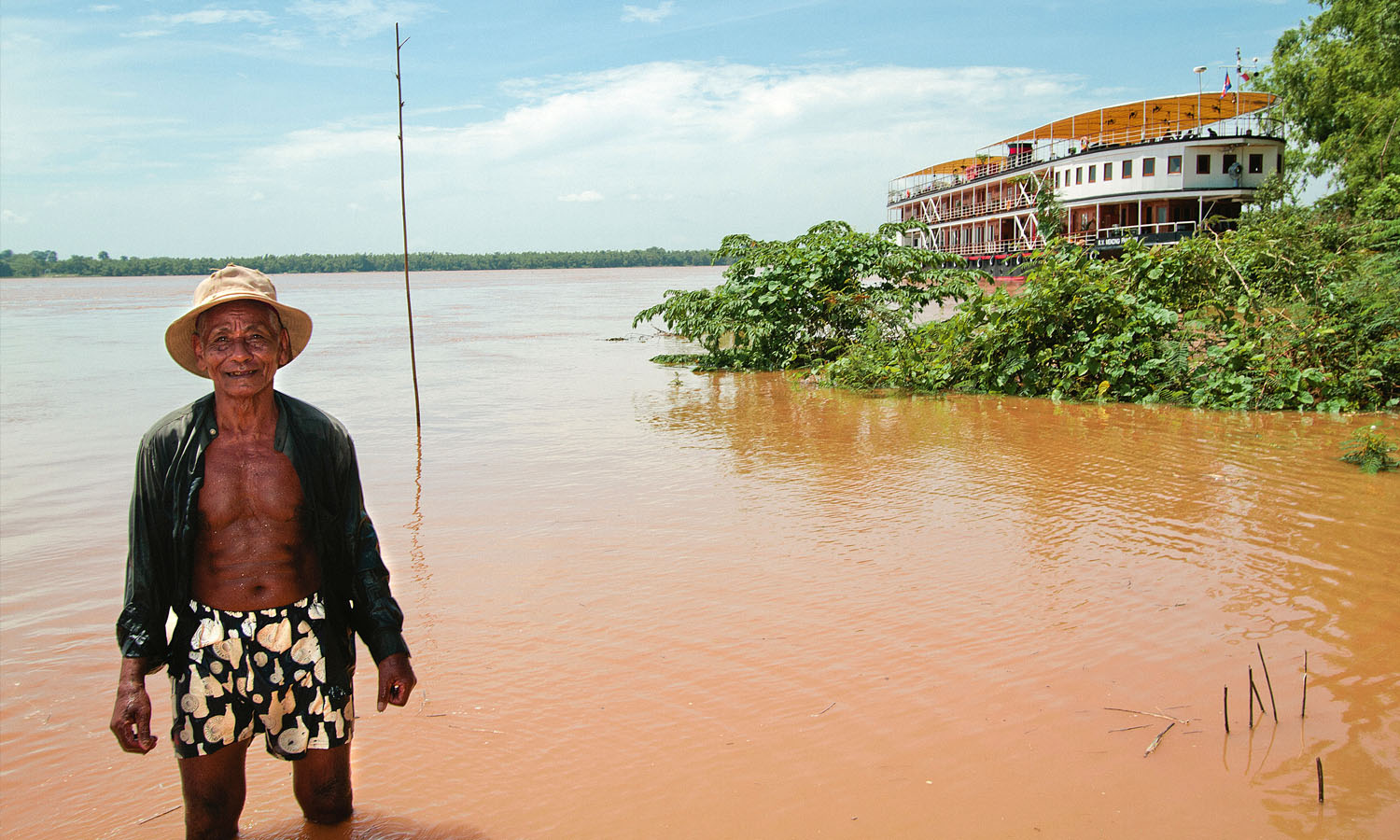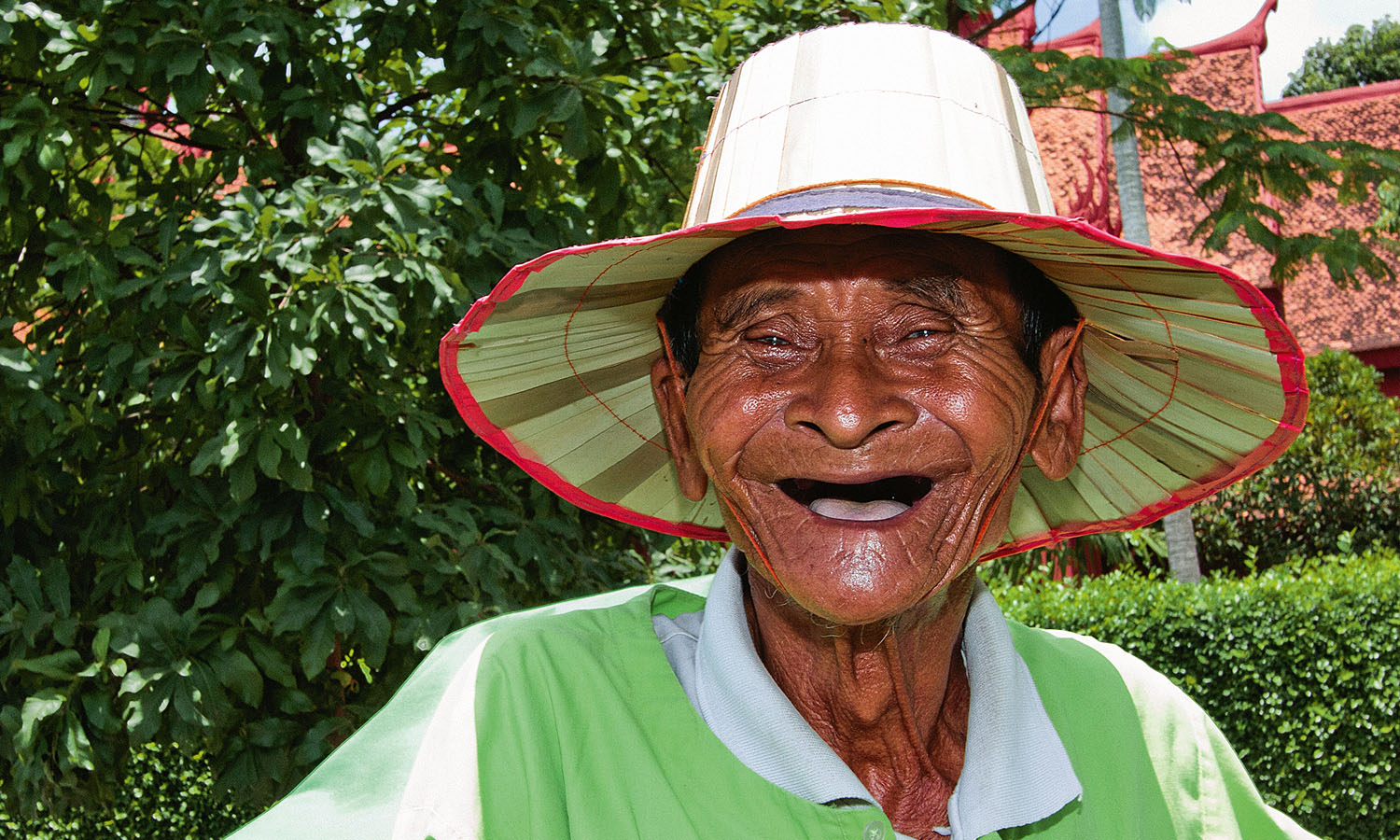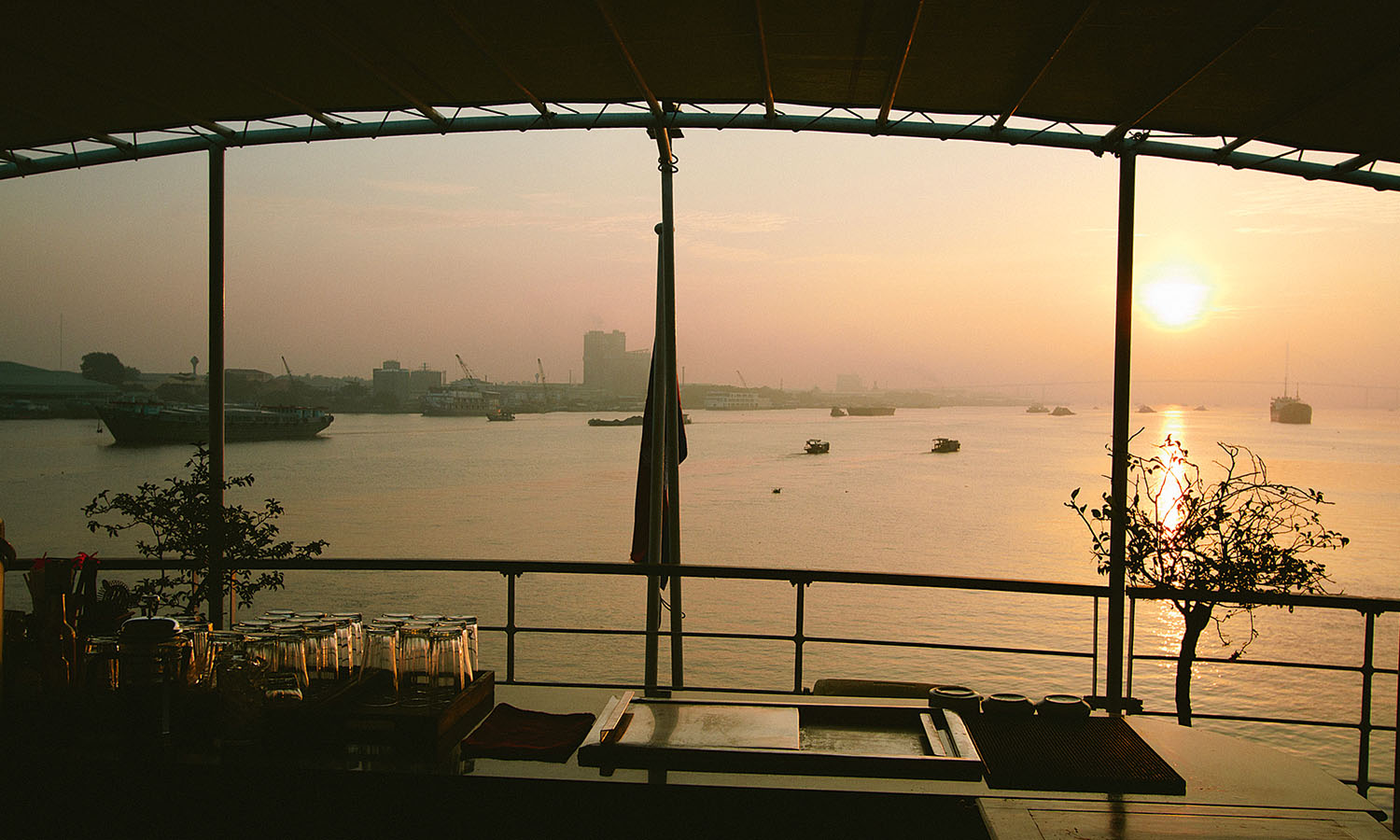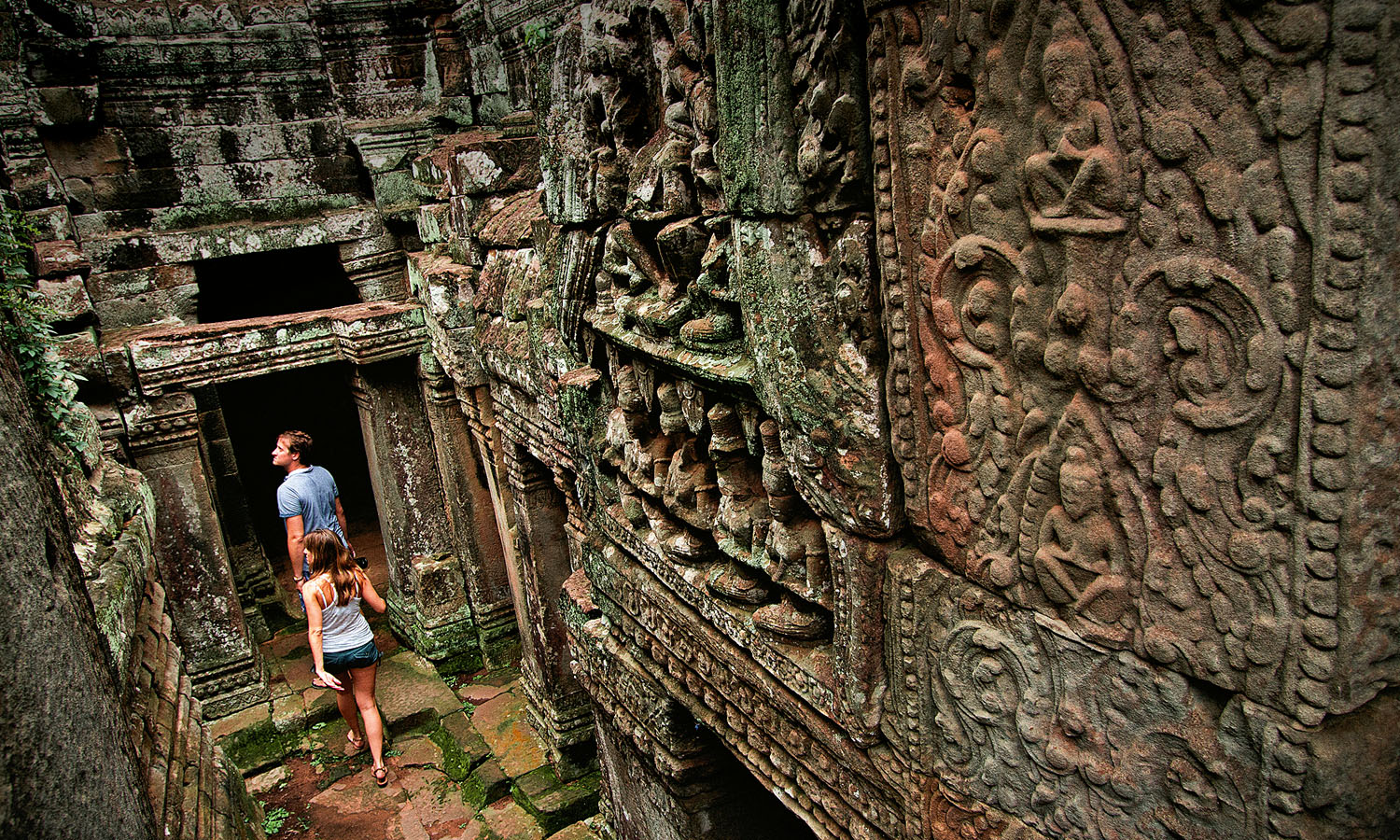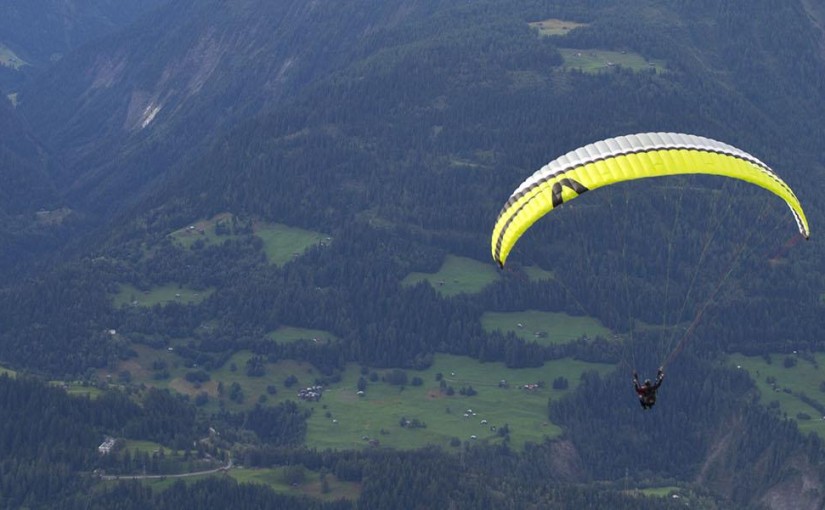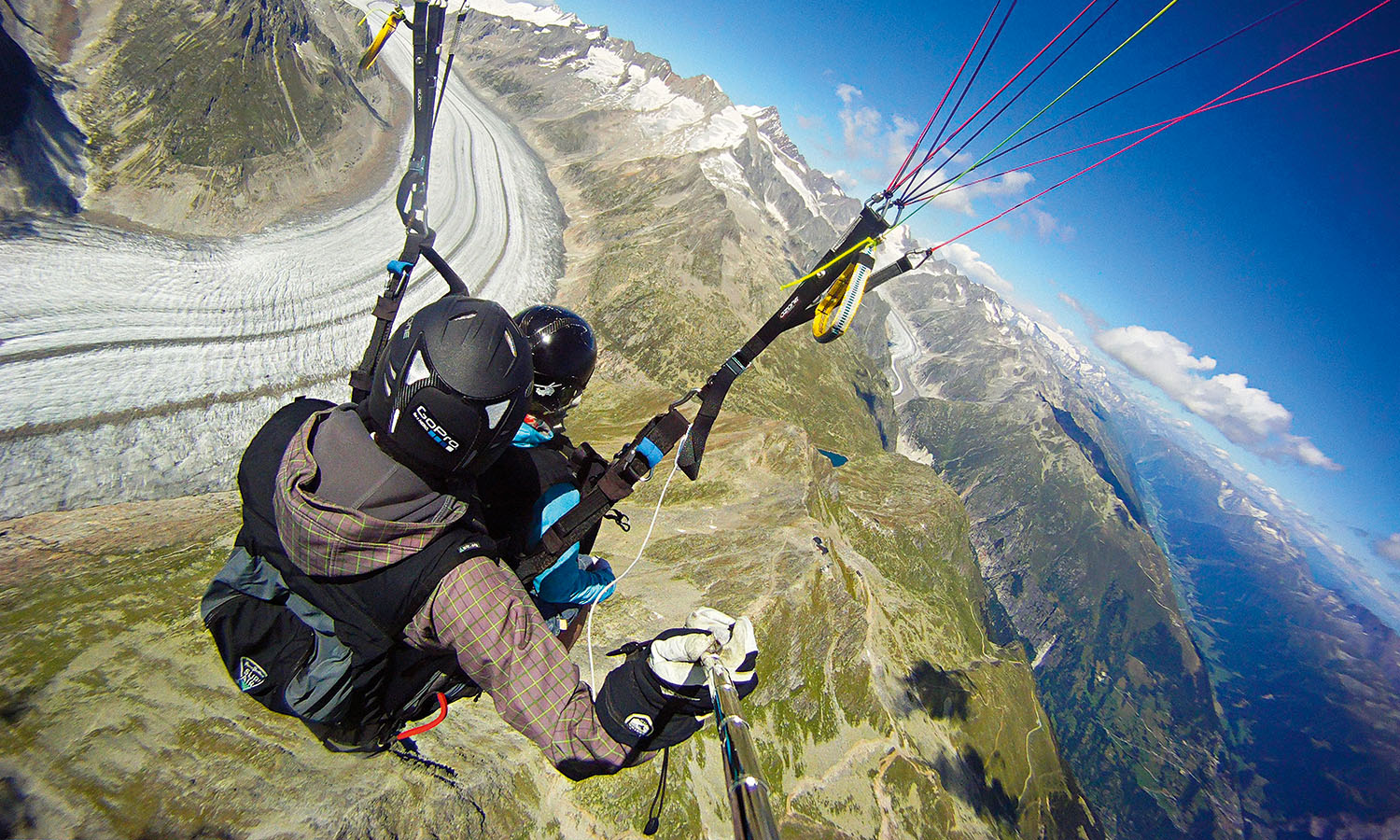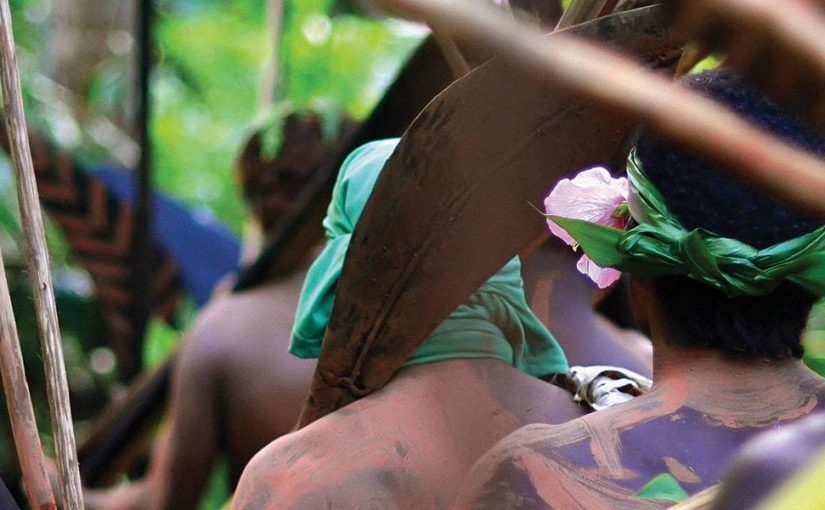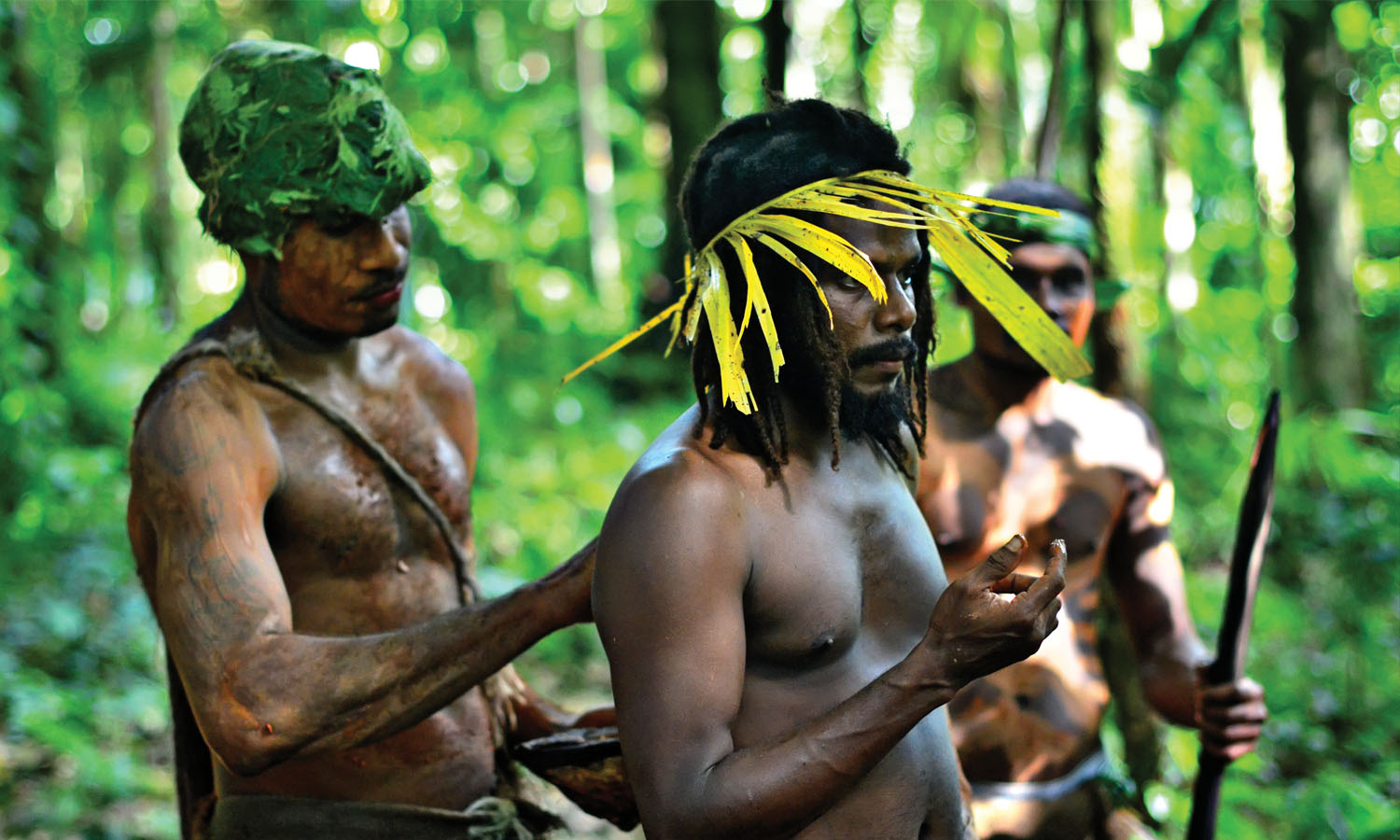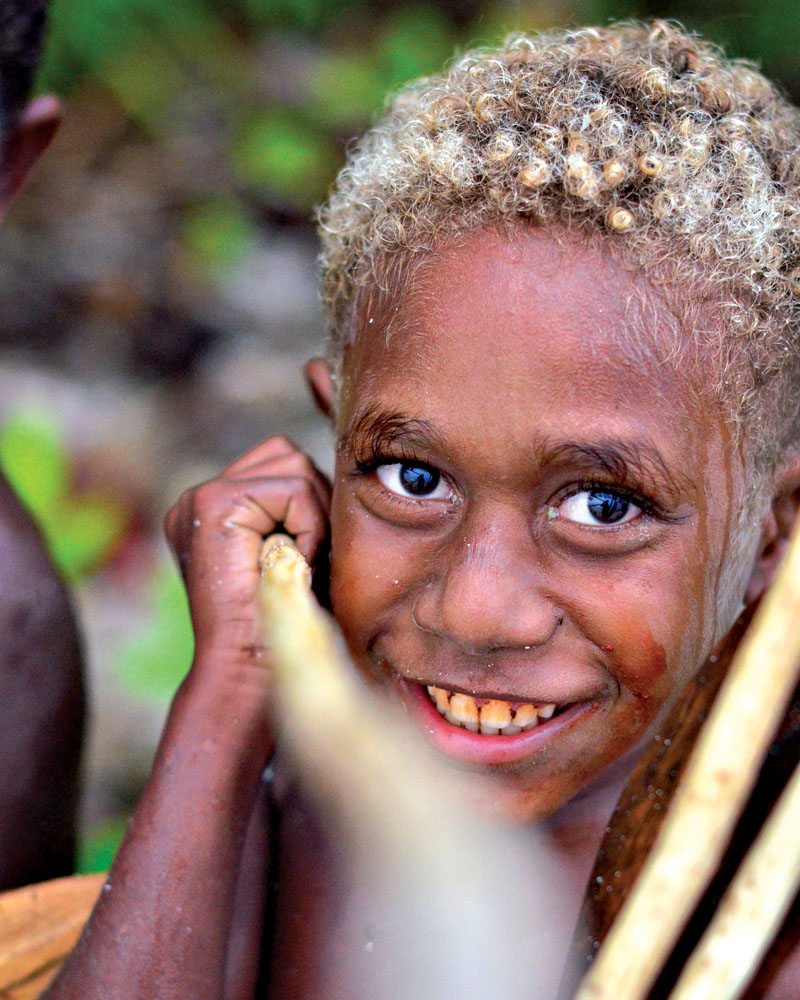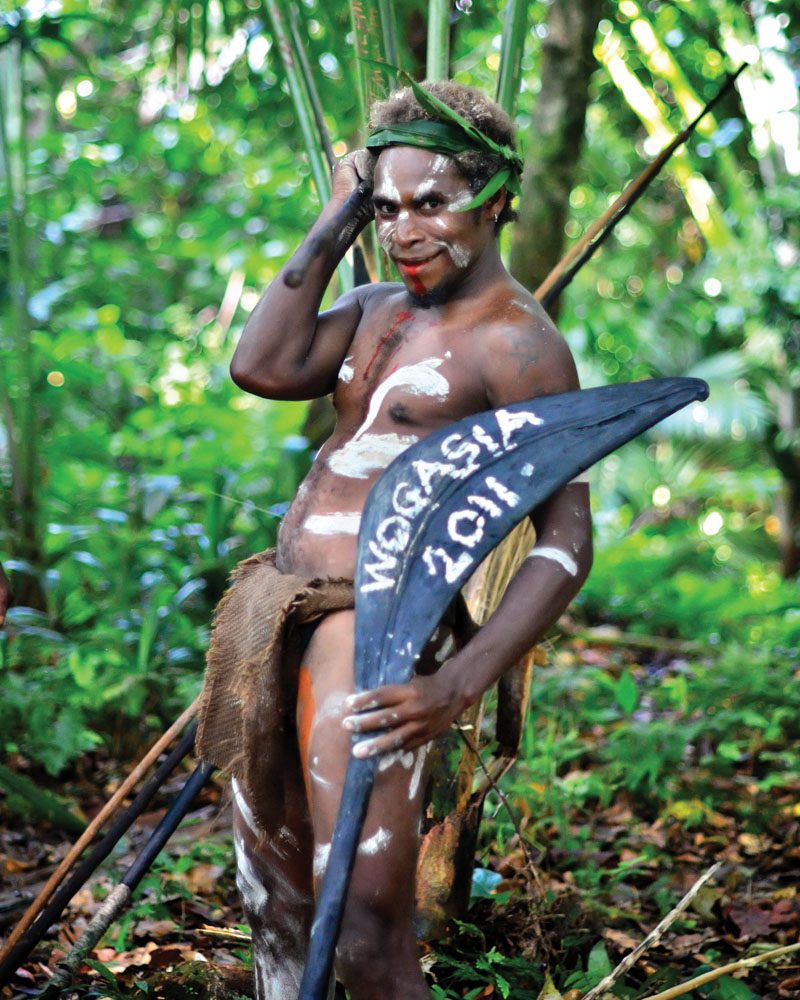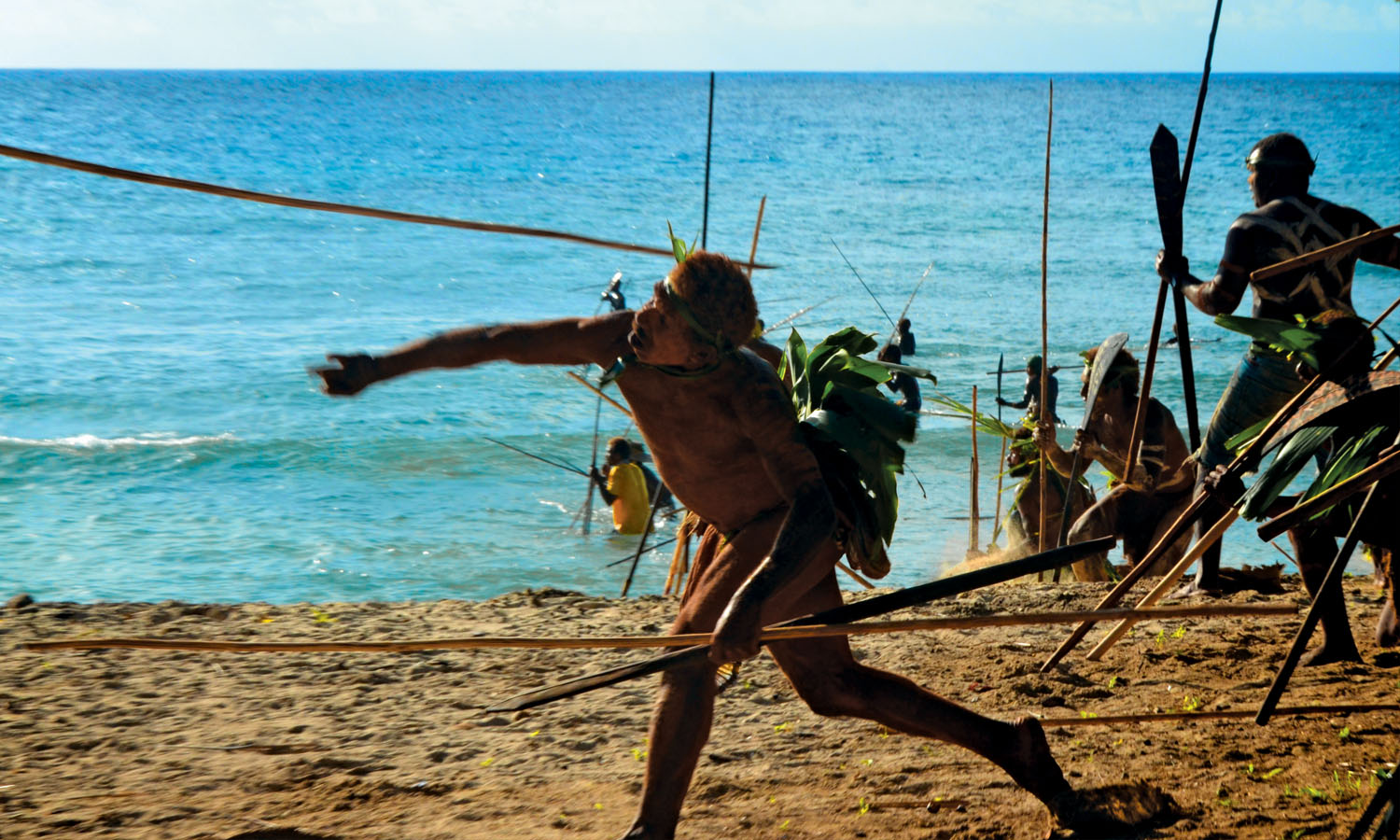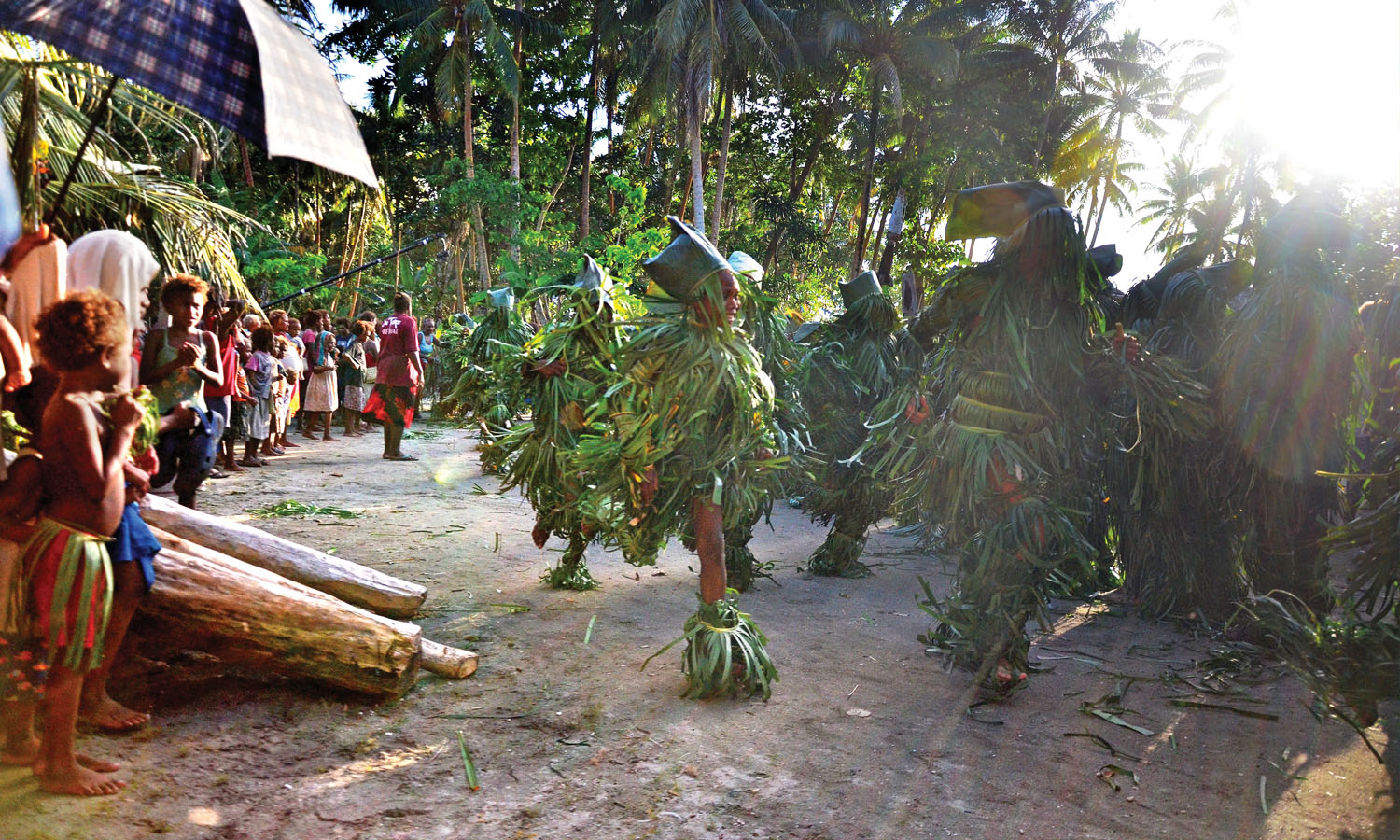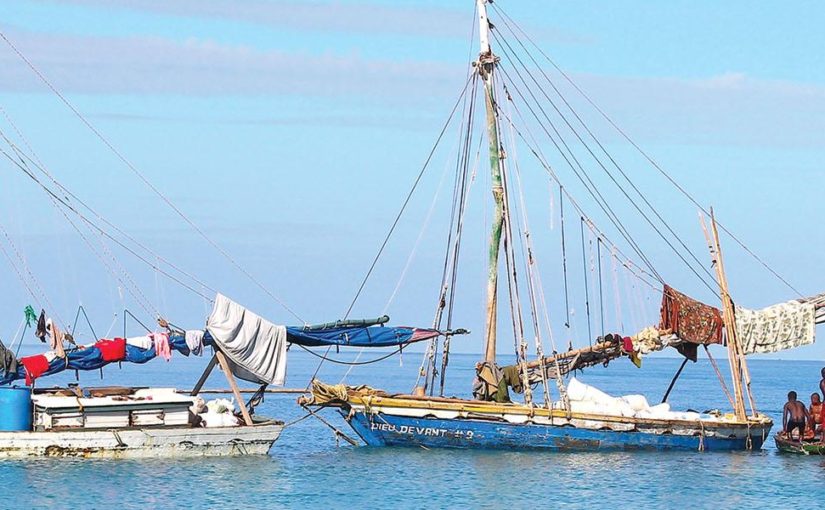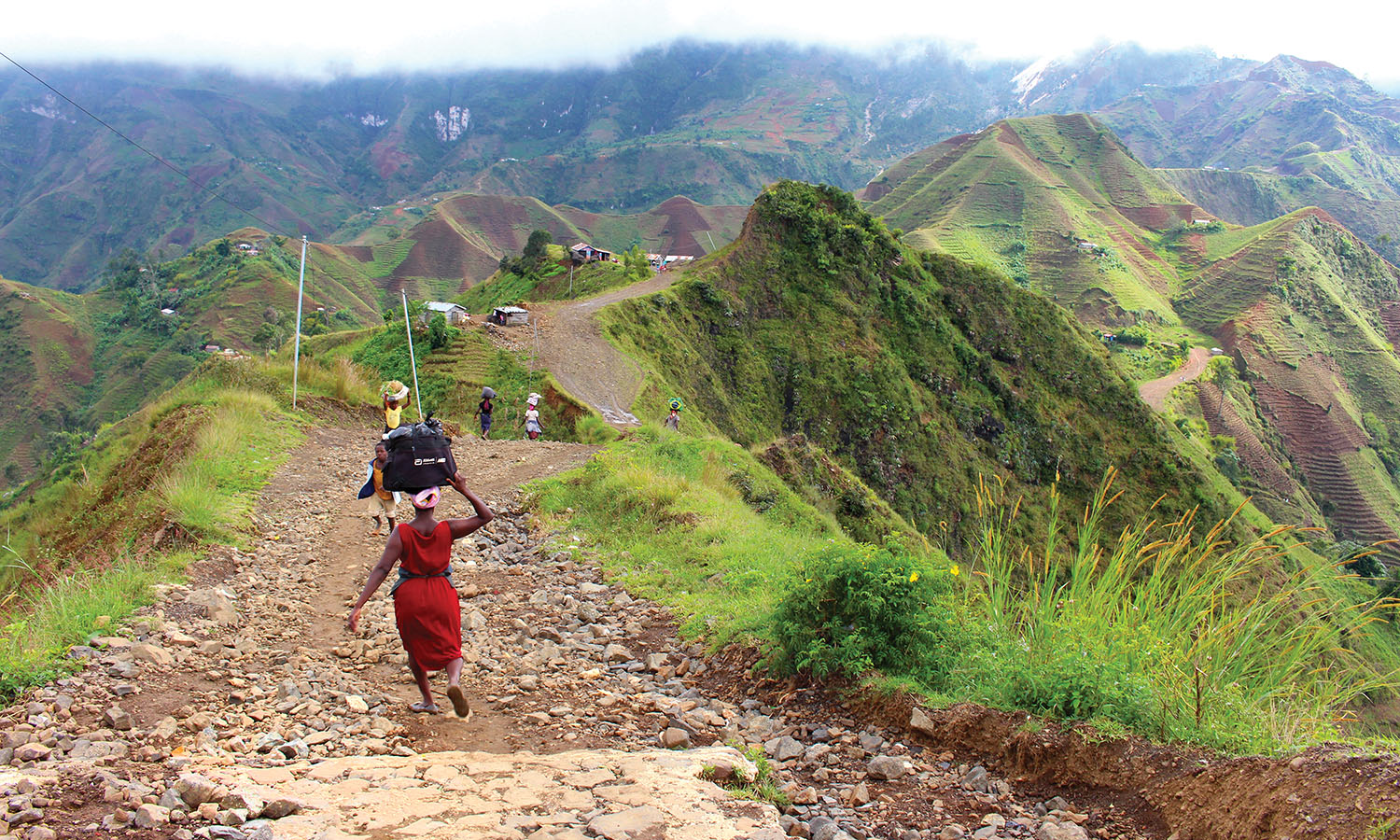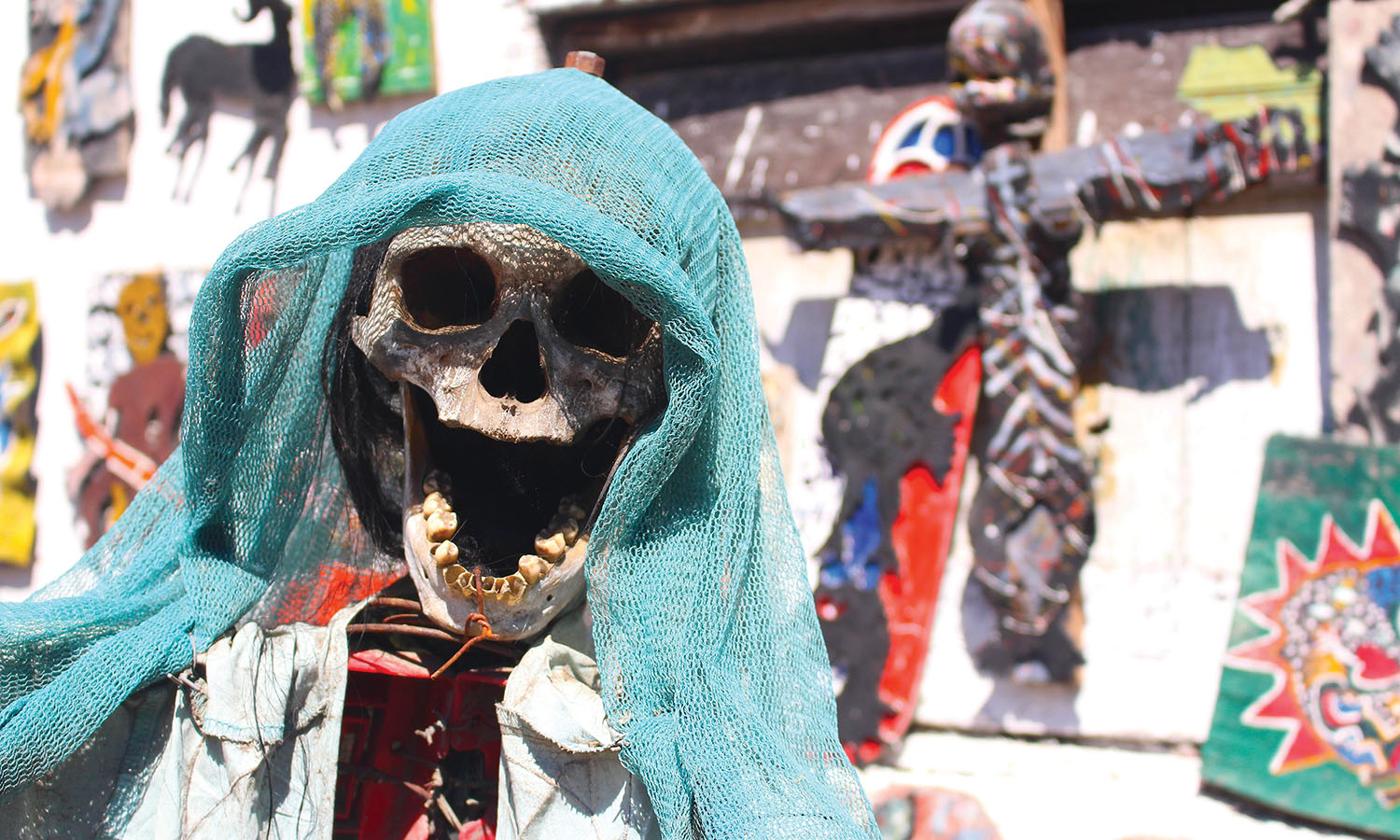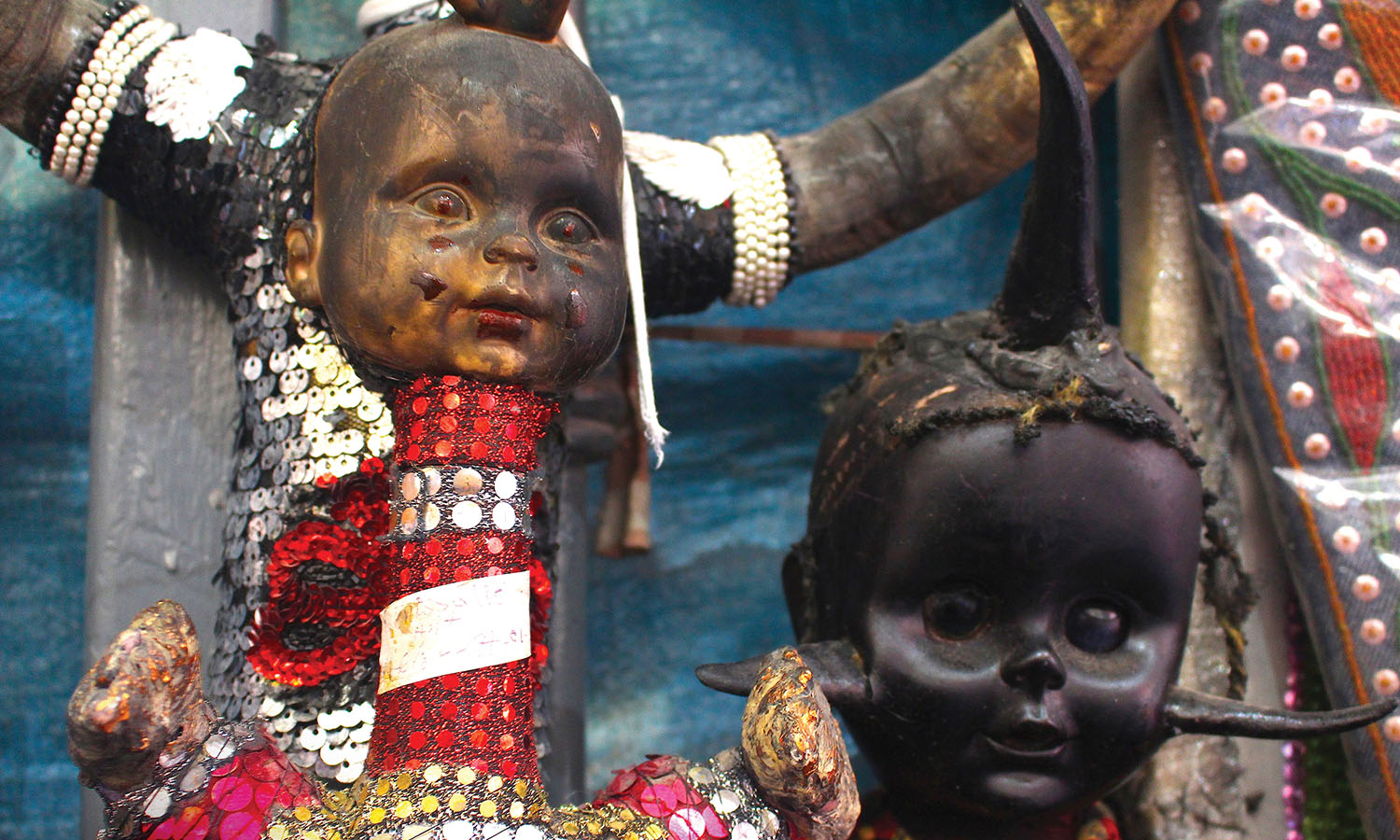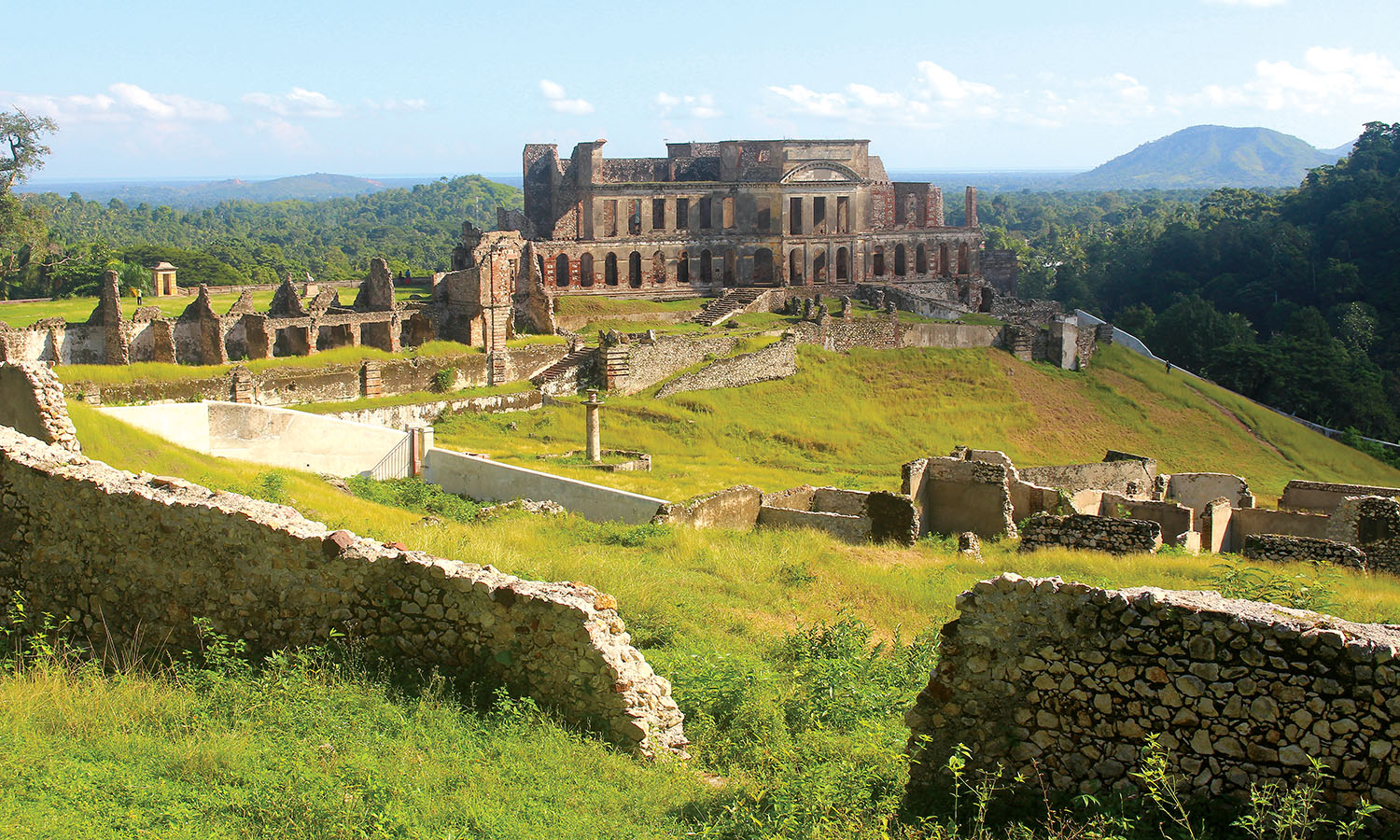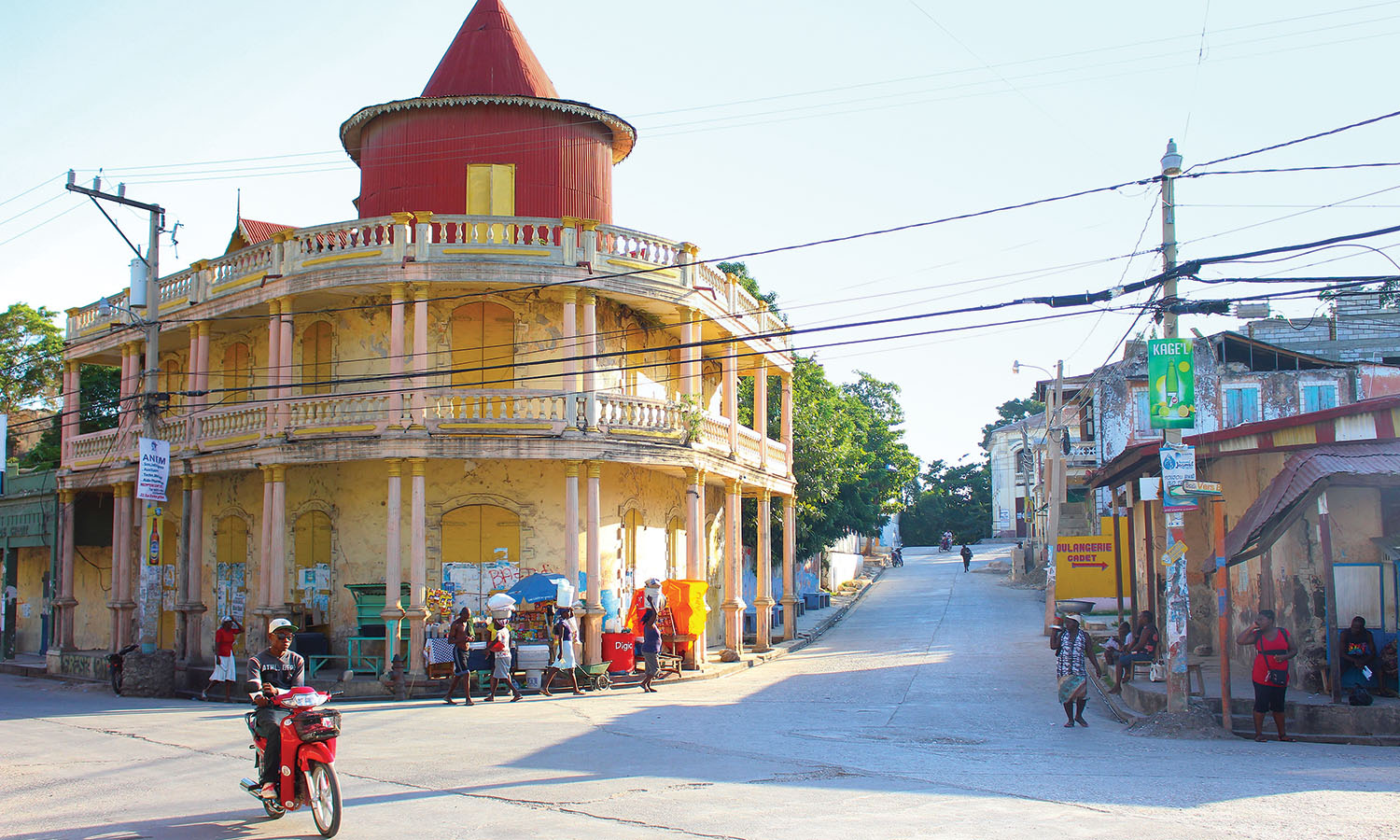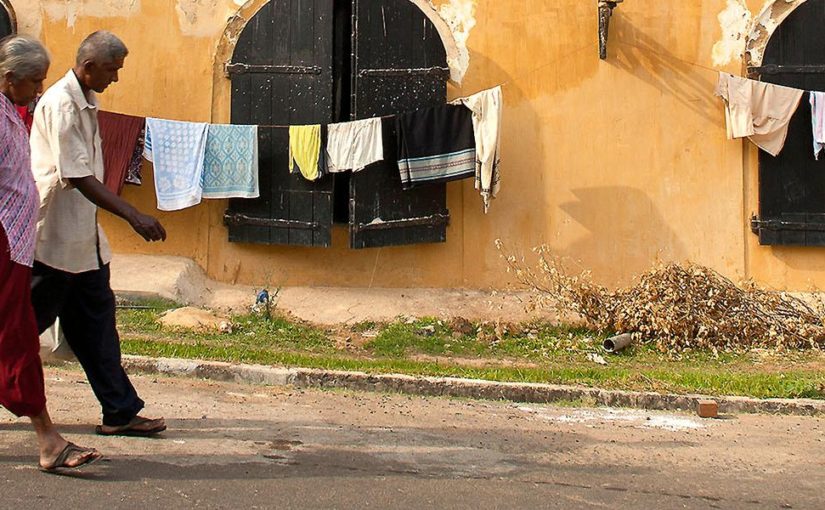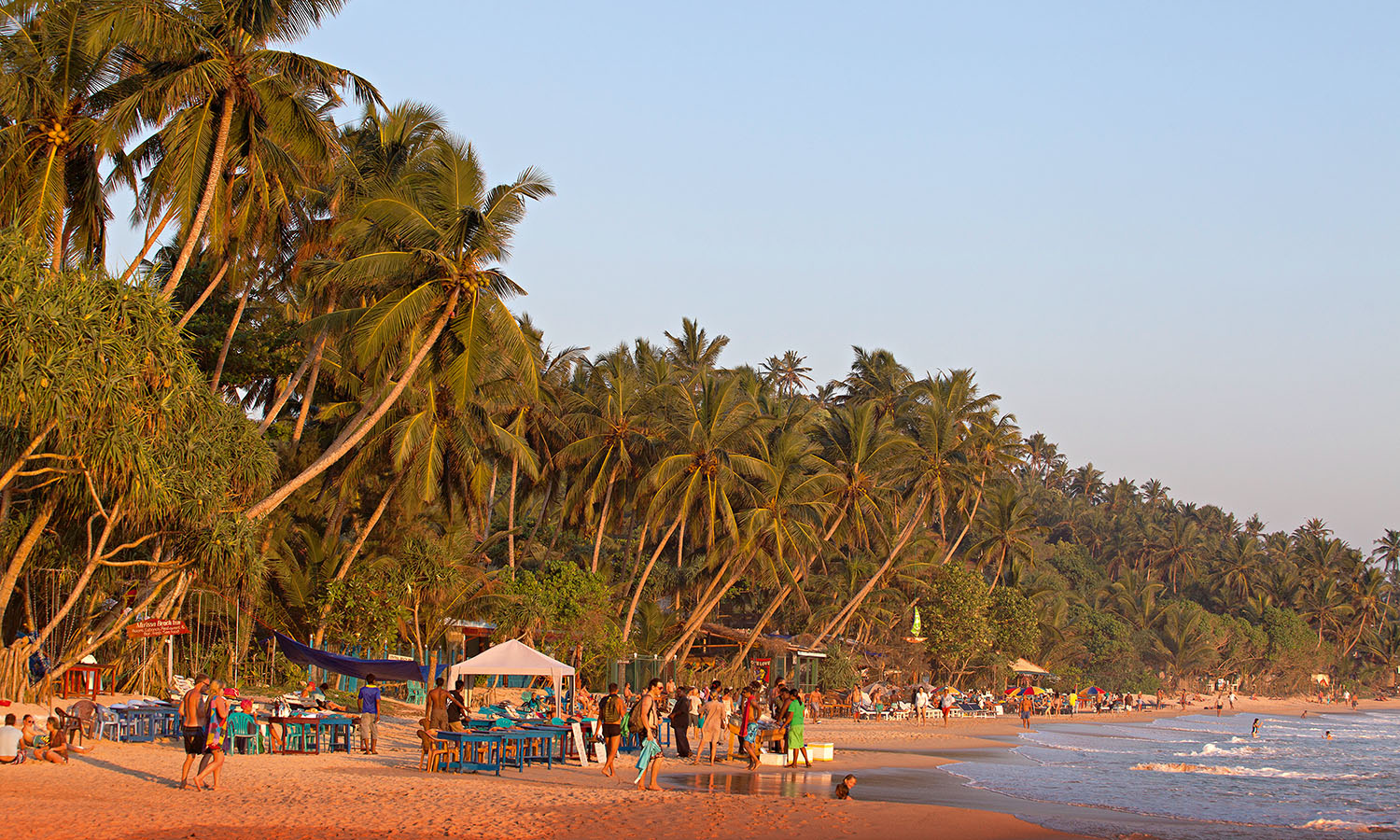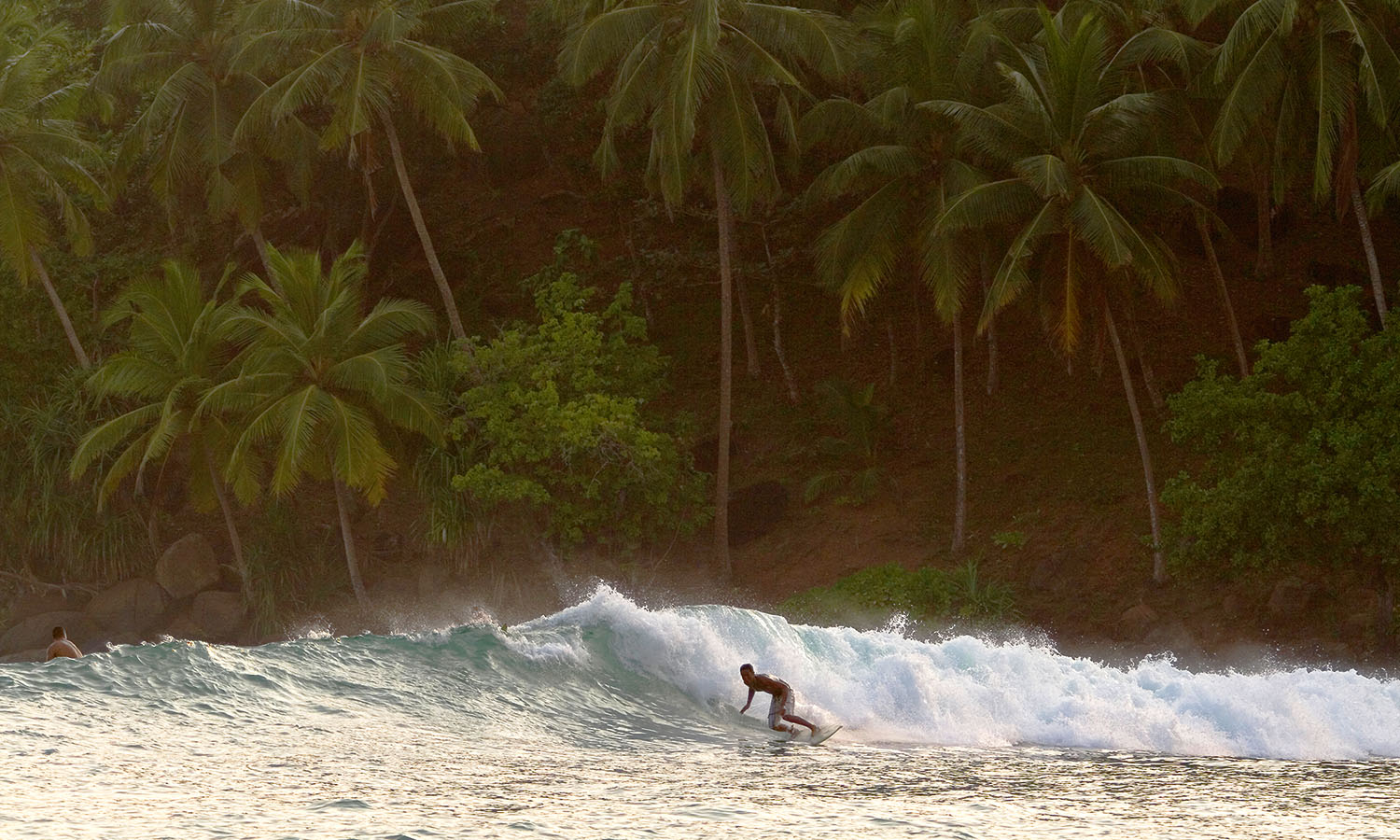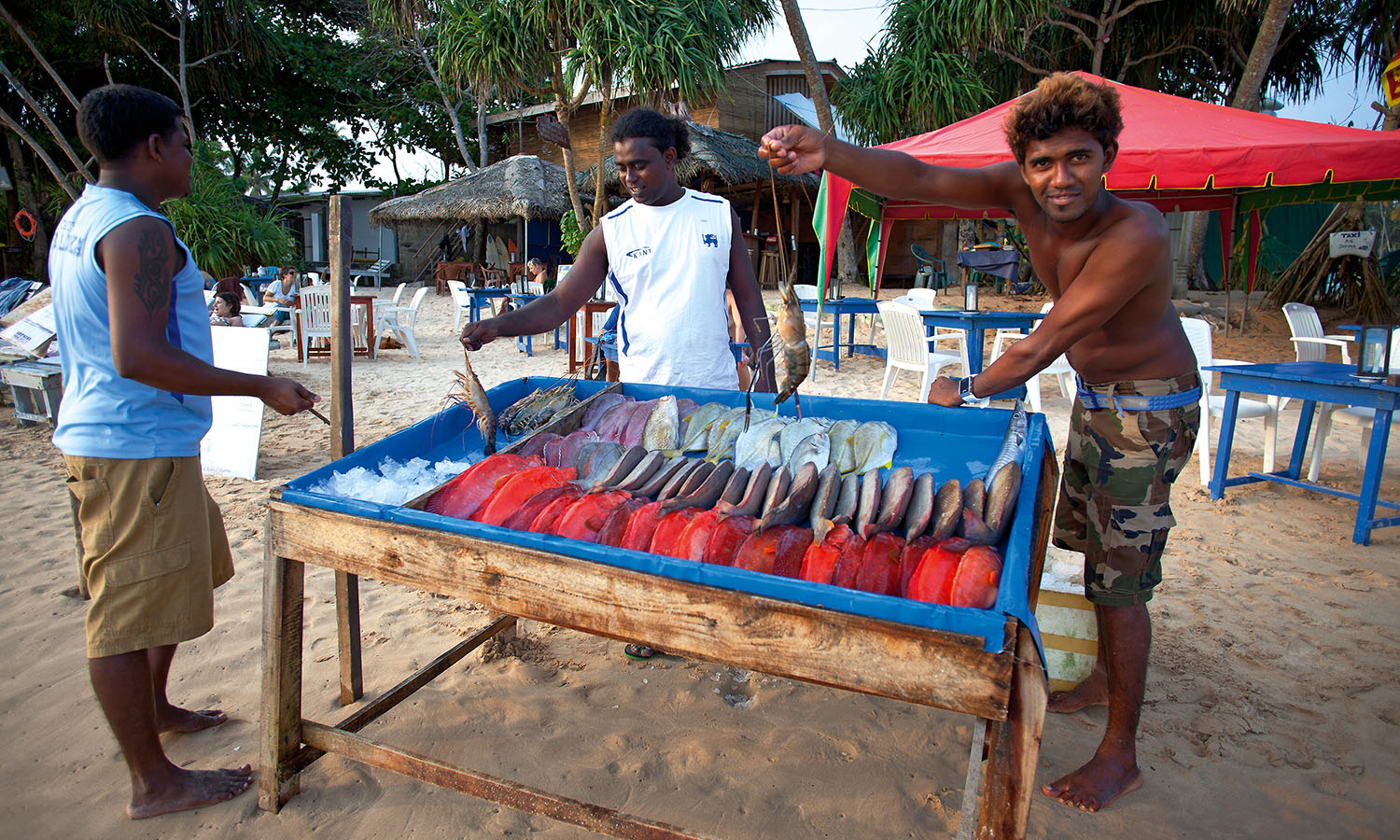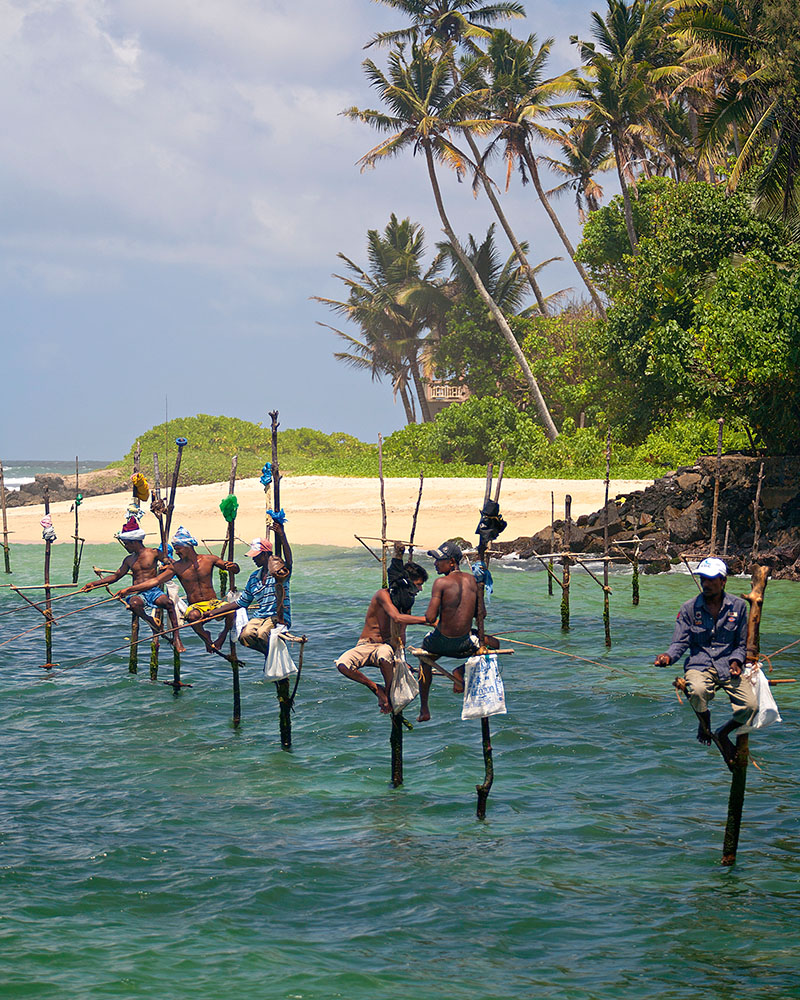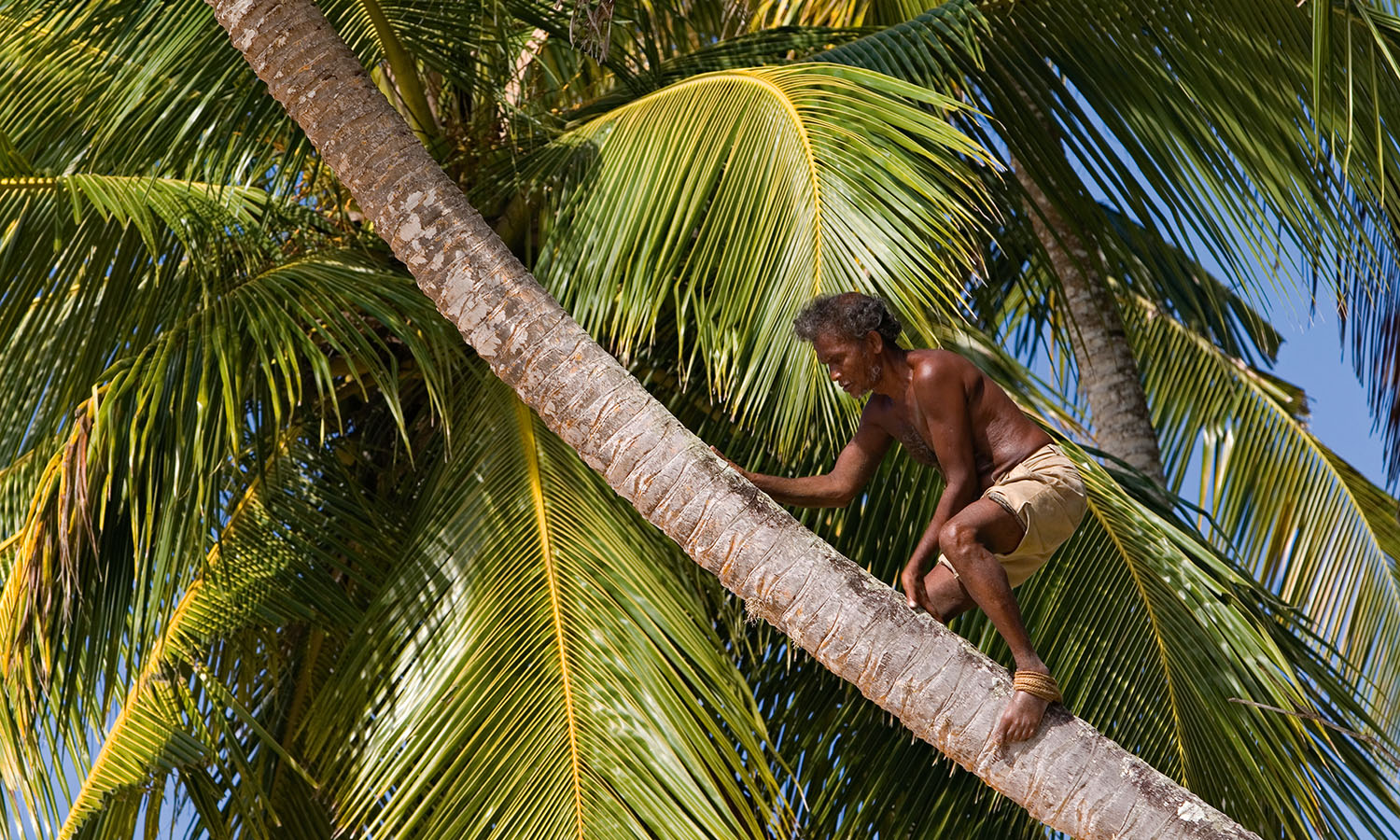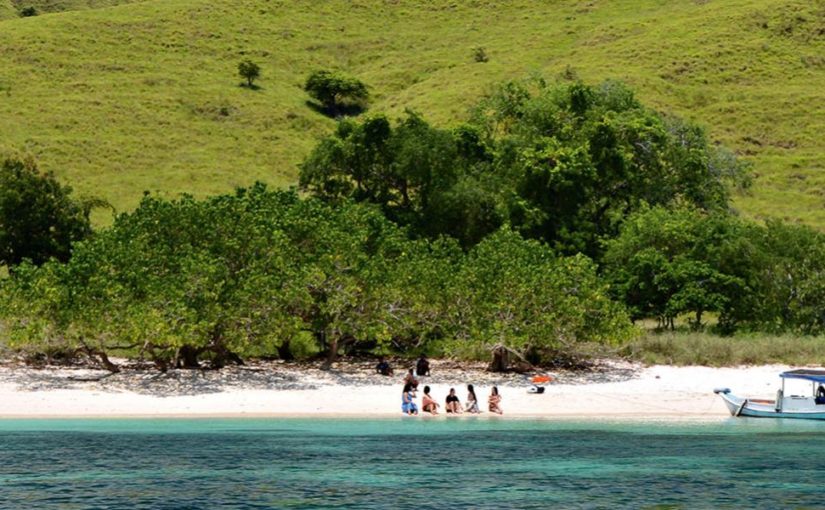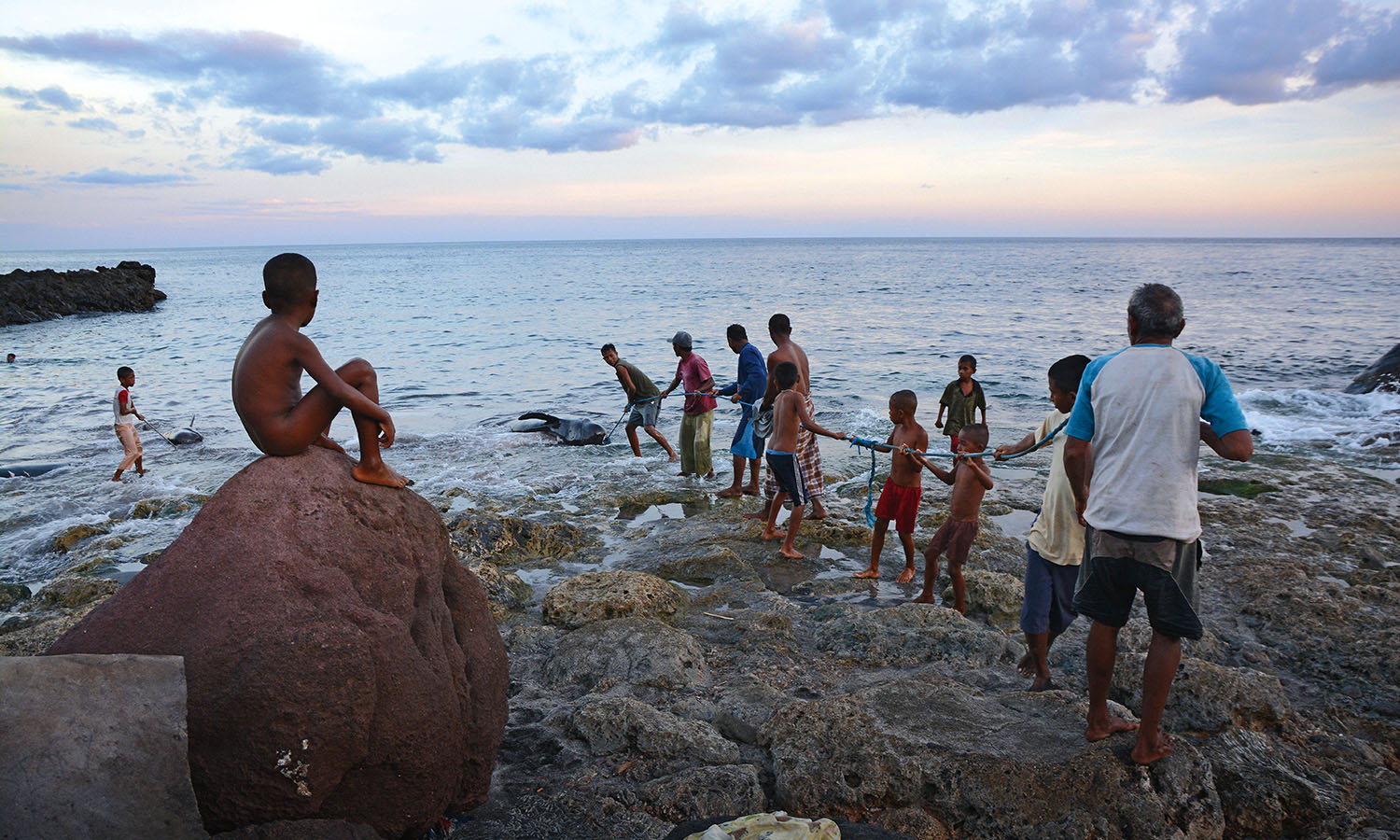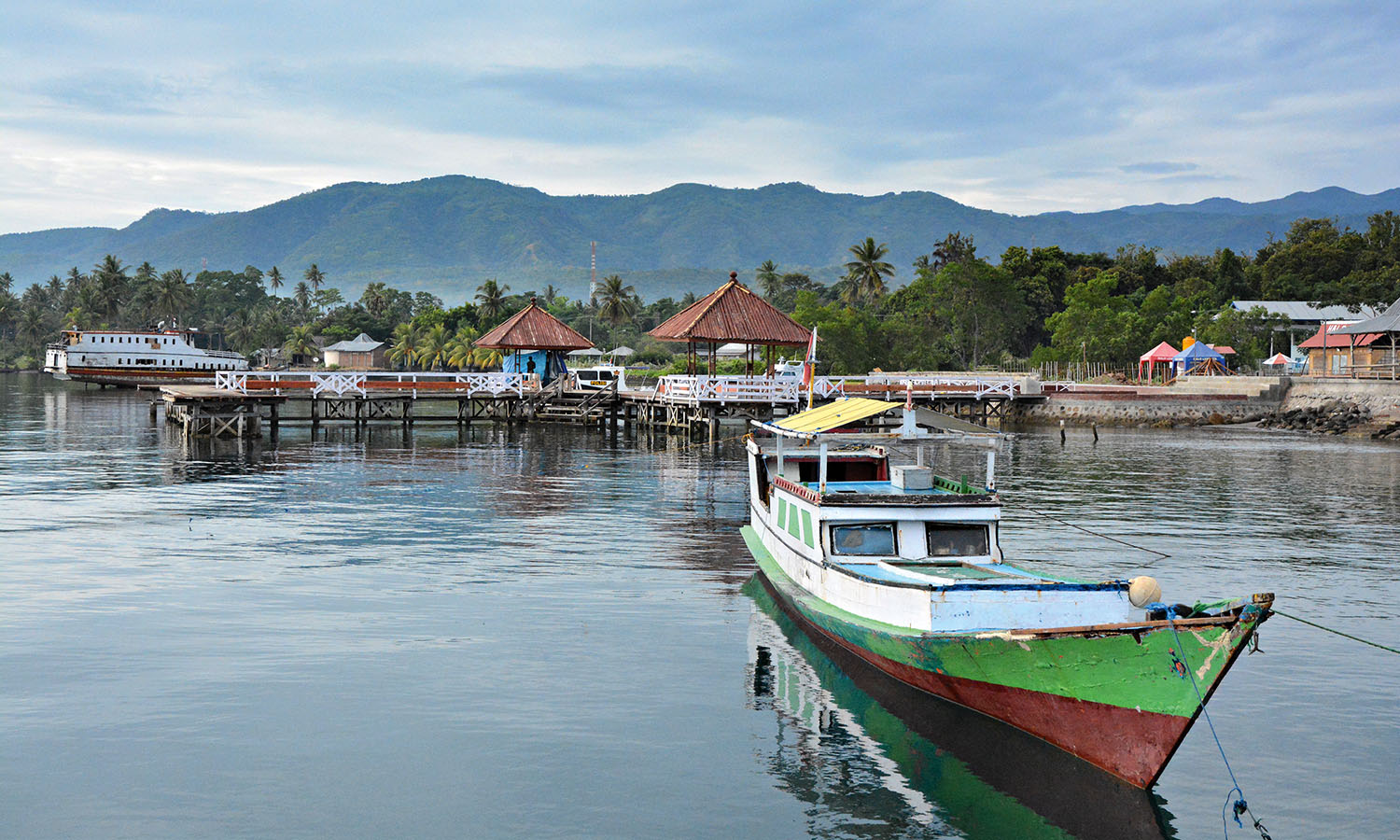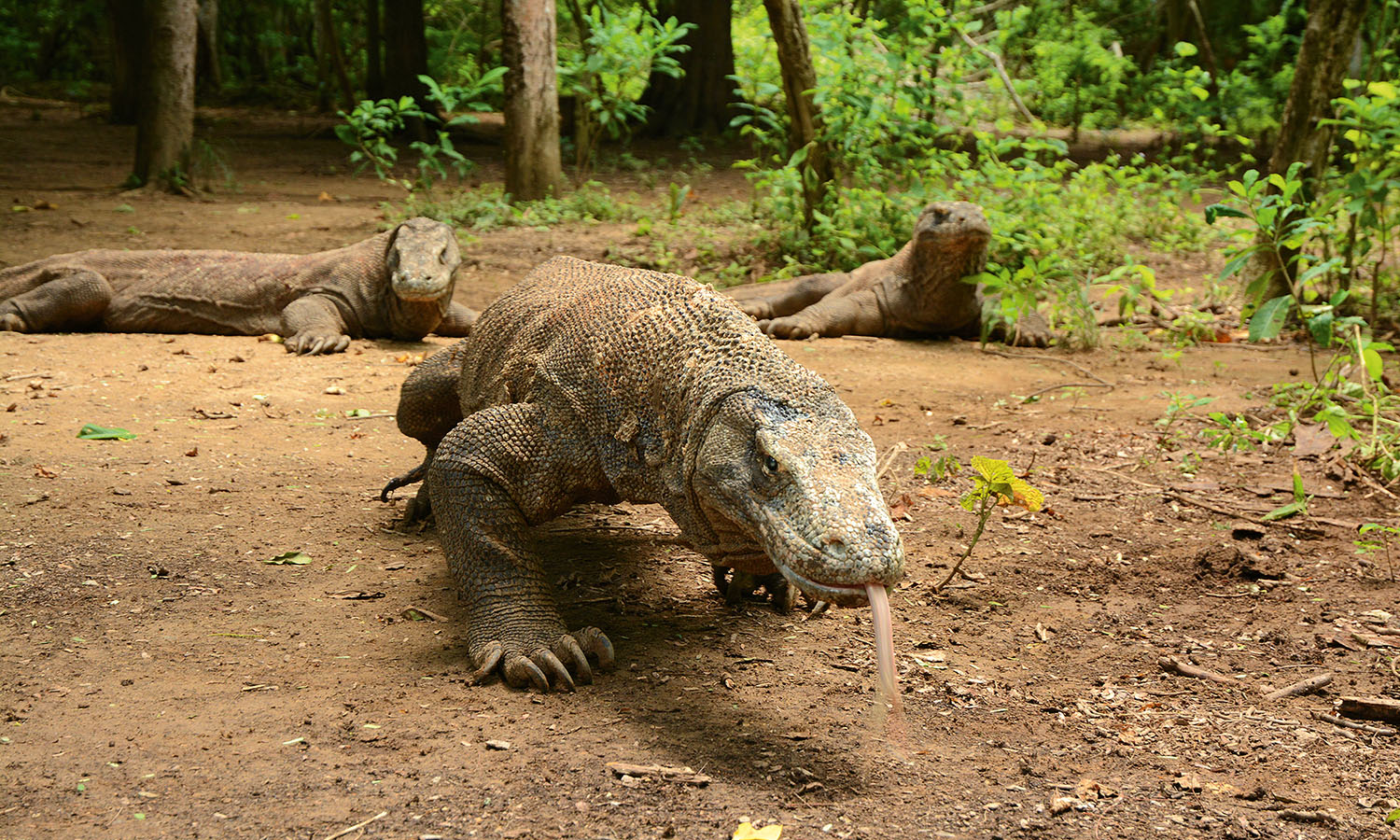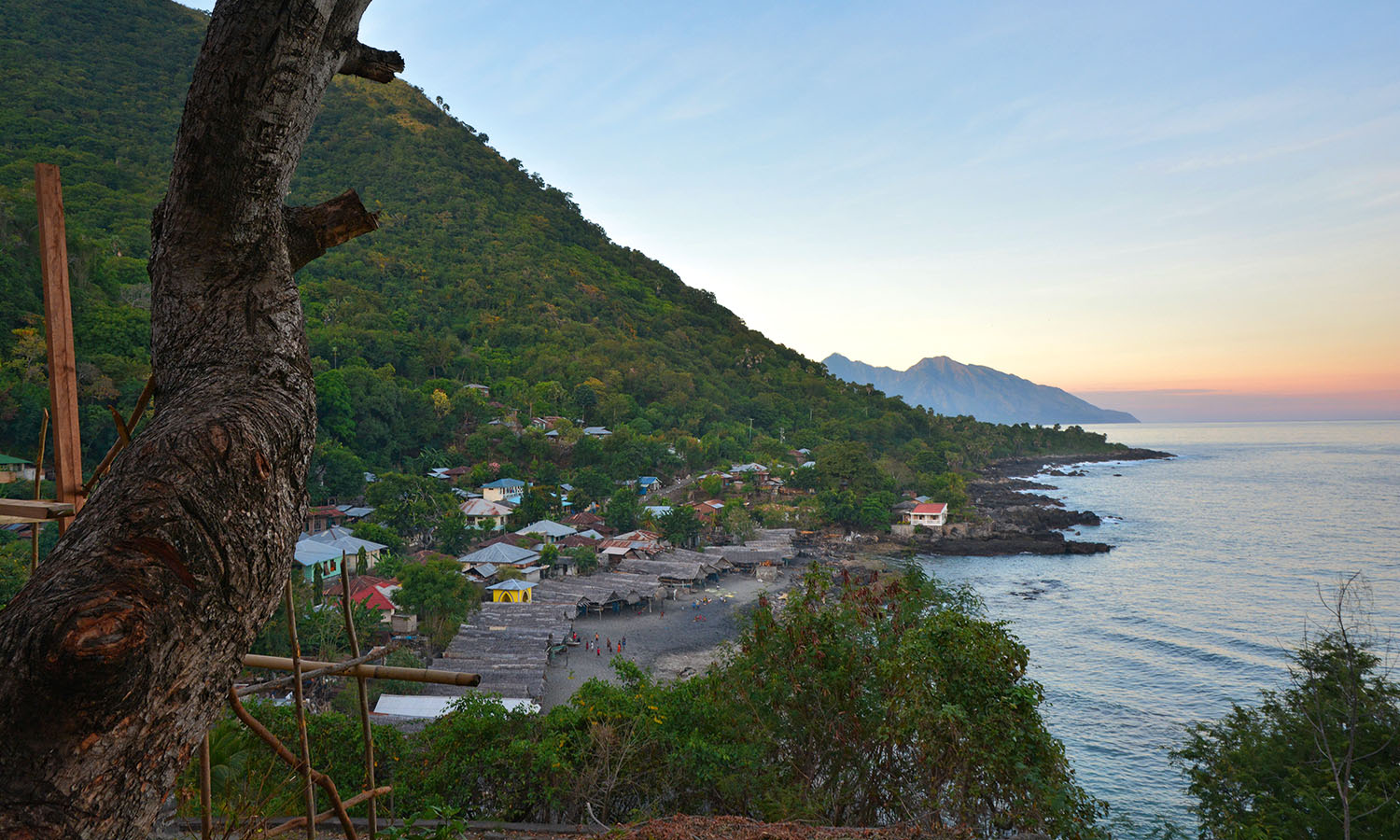If I were a Waorani hunter, striking true might mean the difference between a belly full of meat or cassava again for lunch. I suck in a breath, aim and blow, somehow impaling a leg. Perhaps I might scrape through a night in the jungle, but I can’t help but be thankful this monkey’s not the whooping, tree-climbing kind – it’s a practice target made of well-worn wood. We’re in a slice of the Amazon known as Anaconda Island, home to Anibal, our guide, and about 300 Quichua locals.
“Vamos amigos, let’s go!” hollers Diego, our translator, wading into a swollen stream running from the Napo River, which flows into the mighty Amazon River in Peru 980 kilometres away. I wade in, clutching my camera to my chest. Humidity has already given the lens a cataract, and a swim would seal its fate. My foot plunges, water swamps my gumboots and nerves flicker as the Nikon almost grazes the surface. When my heart calms I realise the elevation-induced light-headedness that had lingered since arriving has stolen away some time ago.
You see, you never really come down from altitude when you land in Quito. Despite being built in a valley, the capital of Ecuador clocks in at 2850 metres above sea level, making it the highest official capital in the world. Australia’s uppermost point, Mount Kosciuszko, falls more than 600 metres short.
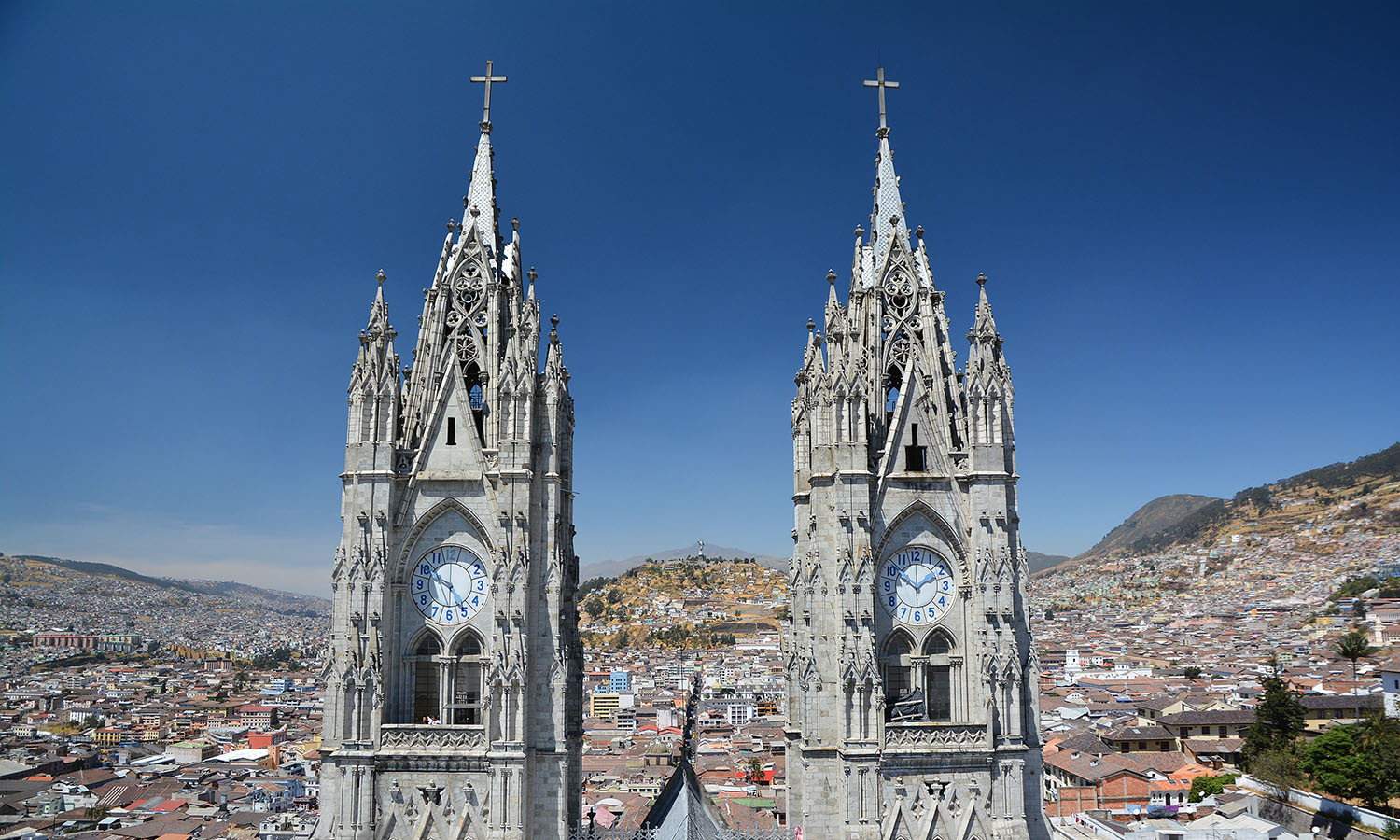

Higher still are the volcanic peaks surrounding the city. One of them, Reventador, erupted in 2002, covering the city in ash.
“It was 8.30 in the morning and suddenly it was dark,” recalls Diego. These days all eyes are on Cotopaxi, which, at 5897 metres, is the world’s second-highest active volcano. Recently rumbling back to life, it’s chugging smoke and sprinkling ash onto the city’s outskirts. Over the centuries these lava powerhouses have left plenty of scars, and the country’s dramatic changes in elevation have given rise to a bounty of ecosystems and created Ecuador’s ‘four worlds’ – the Galapagos, coast, Amazon and Andes.
I’d always envisaged a journey into the Amazon to be a demanding task – perhaps requiring a shonky Cessna ride followed by hours in a truck and some trekking to cap it all off. Instead, farewelling the colourful houses of World Heritage-listed Quito, we kick back for a half-day drive. Goosebumps pucker flesh when we pause for a woozy prayer at a shrine at 4100 metres. Winding through the cloud forest, we stop to watch hummingbirds show off slender beaks. The hills spit us out into muggy air and we land at Punta Ahuano, a port on the bank of the Napo River, 500 metres above sea level.
After staff from our lodge, La Casa del Suizo, haul our luggage to a motorised canoe we fang past local families sifting for gold. I soon discover this jungle getaway doesn’t mean forgoing creature comforts. A hammock swings on my balcony, hot water flows in the ensuite, a bar serves margaritas and wi-fi is on offer. After the sun sets I learn all Ecuadorians love to shake their hips. Seek a salsateca (nightclub) in Ecuador and ye shall find. Even in the Amazon.
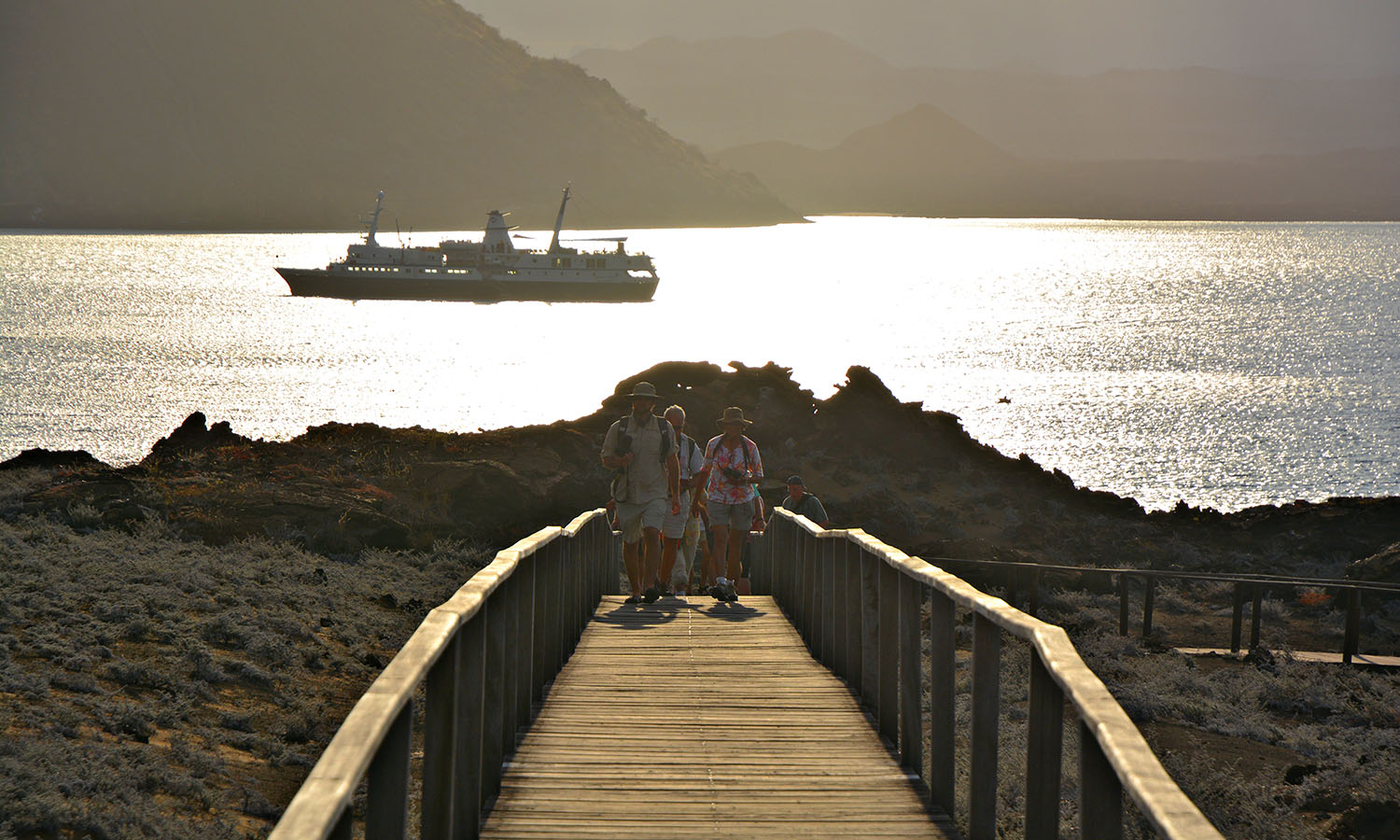

Our morning starts with a breakfast of eggs, potato-like yucca and aji, a ubiquitous chilli sauce made with tamarillo, then “Vamos amigos!” rallies the gang and we set off with Anibal and Diego for a jungle survival crash course in the lodge’s 180-hectare private reserve. It’s one of many created by hotels in the Napo Province to protect the region’s flora and fauna. Discovery of oil has led to swathes of Amazon being razed and indigenous communities destroyed. In 2013, an ambitious bid failed to halt drilling in the biodiverse Yasuni National Park, home to two isolated indigenous tribes, and oil is set to flow in 2016.
“Just don’t touch the trees,” warns Diego, adding a murmur about scorpions and spiders. Lethal-looking thorns jut from roots and I keep my distance until he explains the plant is called a pambil and it’s used as a handy natural grater. We scour the forest for cheeky monkeys – capuchin, chorongo, spider and squirrel – as well as sloths, tapirs, guatusas (we’re told these large rodents make an excellent meal), anacondas and tarantulas.
Rain tumbles from the canopy and my coat is soon as slick on the inside as it is on the out. Anibal points out the best wood for building canoes – balsa – and how to deter mosquitoes by rubbing yourself with leaves. He sprinkles hormigas de limon (lemon ants) on outstretched palms for a snack, hands around cat’s claw bark said to treat cancer, and shows us how to use roots as shelter. We swap our canoe for a rollick on a handmade raft. I try to keep the Napo River off me, but the intermittent rain has become a torrent and water boils up between the balsa logs. I give up. After all, what kind of wooden-monkey slayer cares about sopping pants?
We’re meeting a 71-year-old who hauls himself up Chimborazo on a four-hour hike to hack ice from the volcano’s glacier. He wraps 22-kilogram blocks in stipa ichu grass, straps them to his donkey and treks back home.
“Watch out for the piranhas,” jokes Diego when one of our team lands in the drink. “And don’t pee in the water!” We’ve all heard the legend of the toothpick fish, a parasite that can inch its way up your urethra, and there’s no way anyone’s taking any chances. Moments later Diego dives into the brew as well.
It would take a passenger jet just ten minutes to fly from this part of the Amazon to the volcanic Mount Chimborazo in the Andes, but the landscape of eucalyptus trees and grasses flashing by the window of our quaint passenger train couldn’t be further removed from the messy heliconias and palms of the jungle. We’re chugging from the city of Riobamba to Urbina near the foothills of the mighty Chimborazo, passing part of the world few foreigners explore.
While the Amazon and the Galapagos are internationally renowned – although often attributed to other nations – the sleeping giant of Chimborazo flies somewhat under the radar. Which is strange when you learn the 6310-metre summit is the furthest point from the centre of the earth, knocking the 8848-metre-high Everest off the podium thanks to the equatorial bulge that makes Earth 43 kilometres wider here than at the poles.
But we haven’t just come to gawp at the mountain. We’re meeting a 71-year-old who, twice a week, hauls himself up Chimborazo on a four-hour hike, sometimes to 4800 metres, to hack ice from the volcano’s glacier. He wraps 22-kilogram blocks in stipa ichu grass, straps them to his donkey and treks back home, where they’ll last up to two weeks.
 (
(
